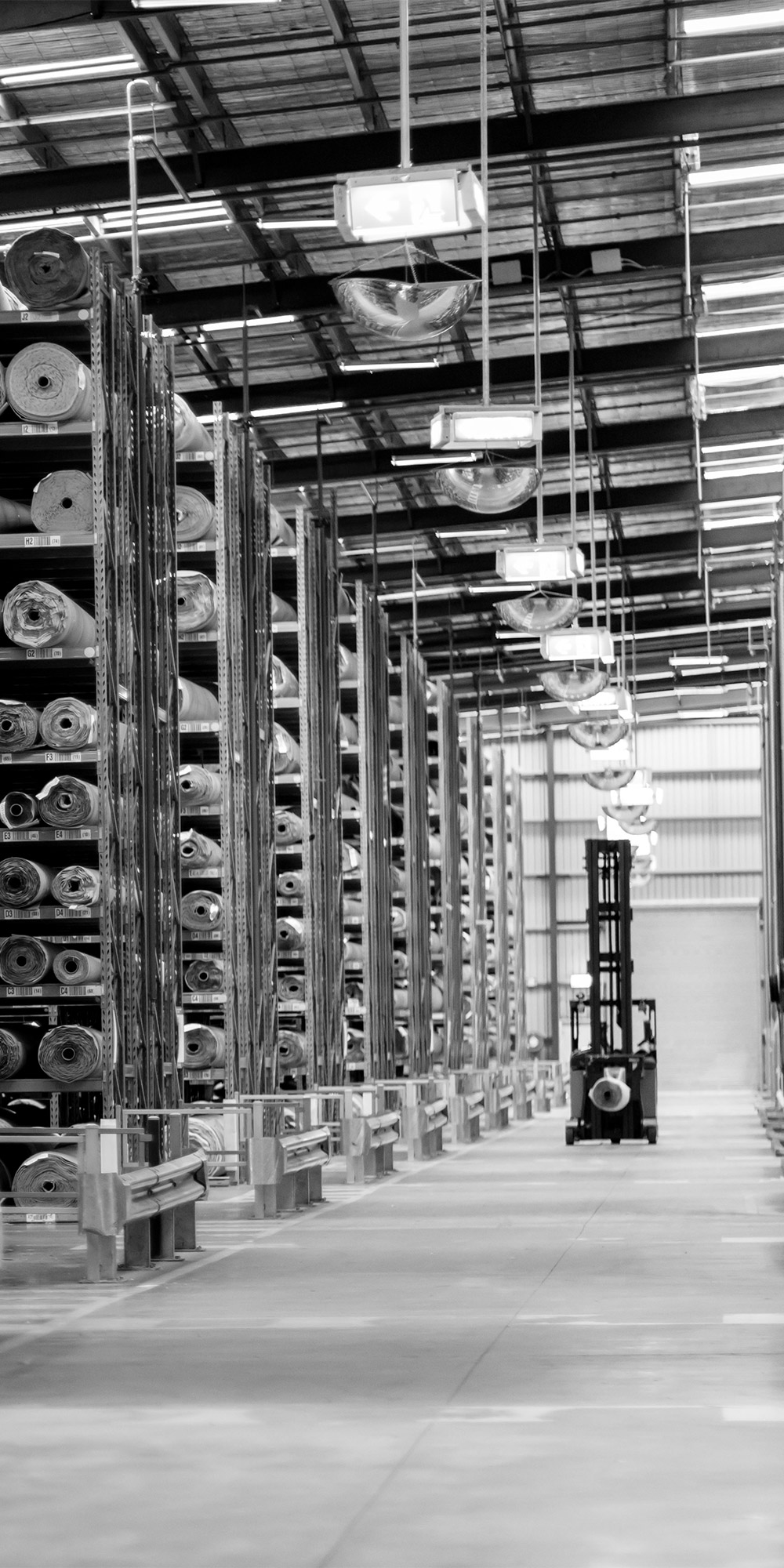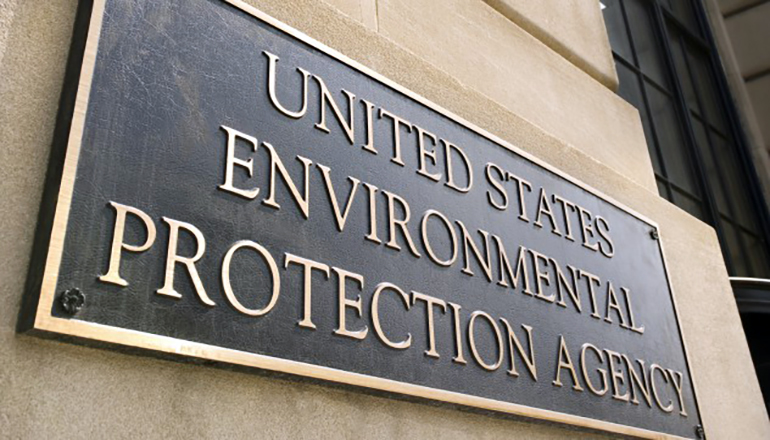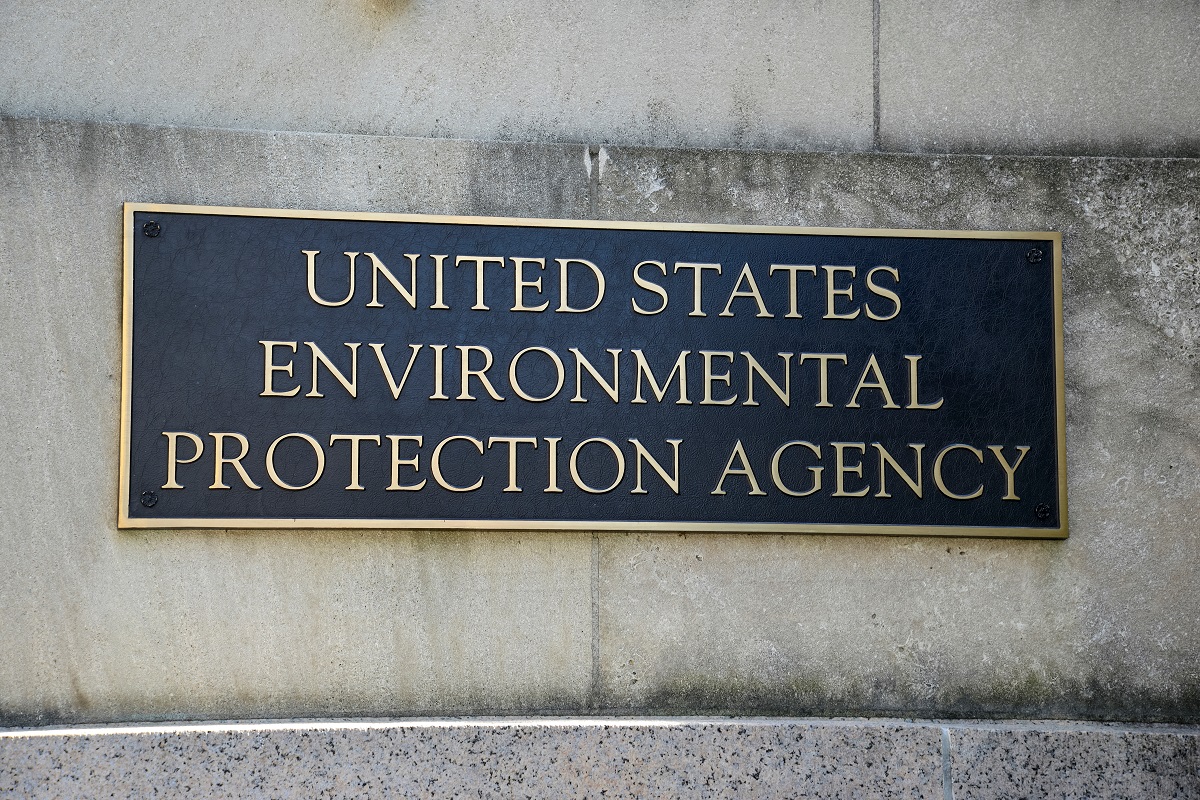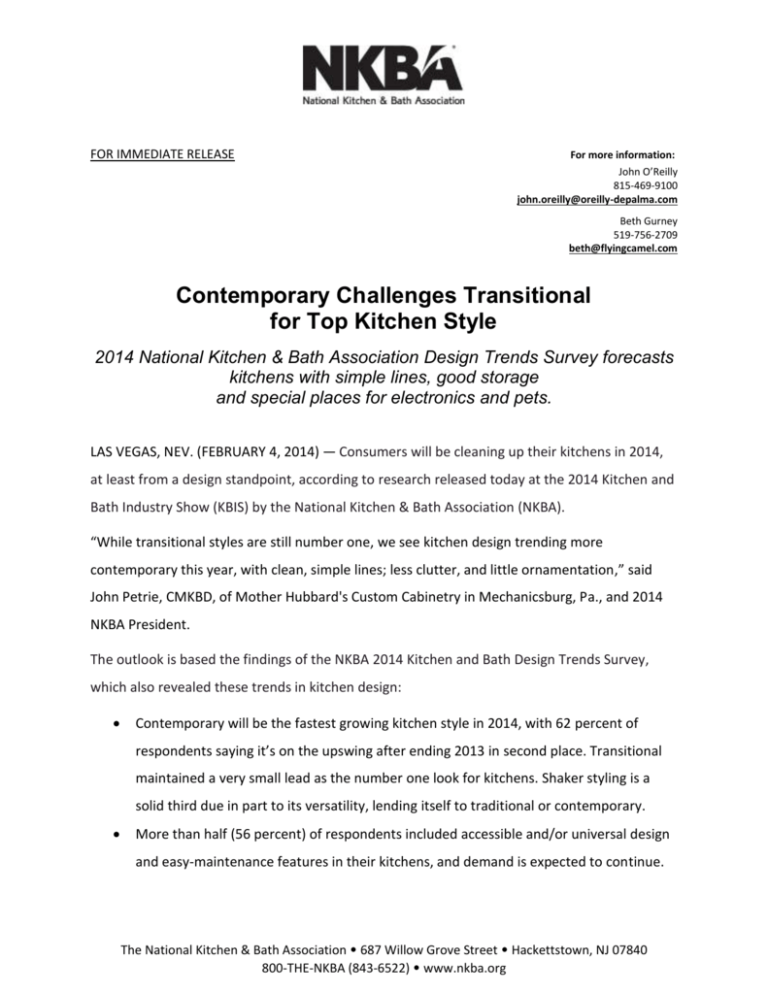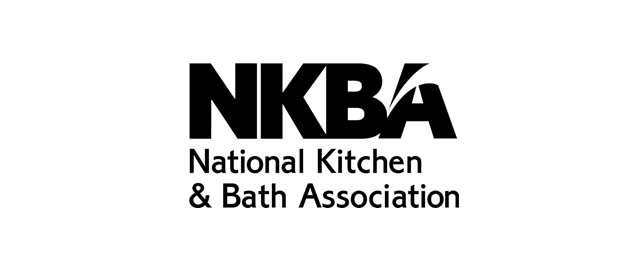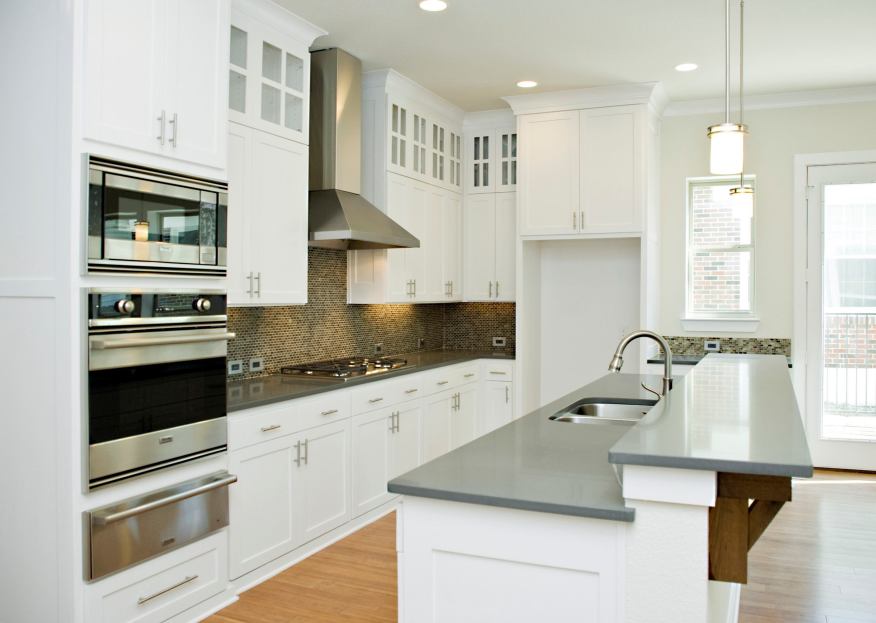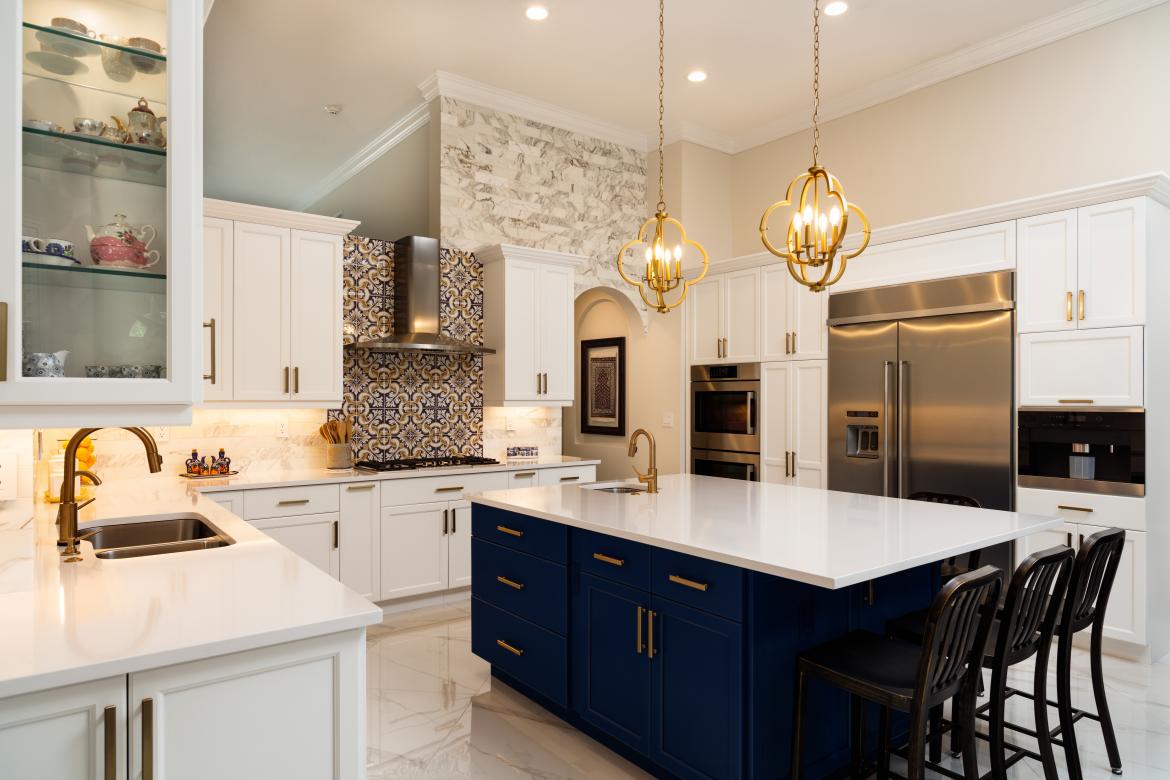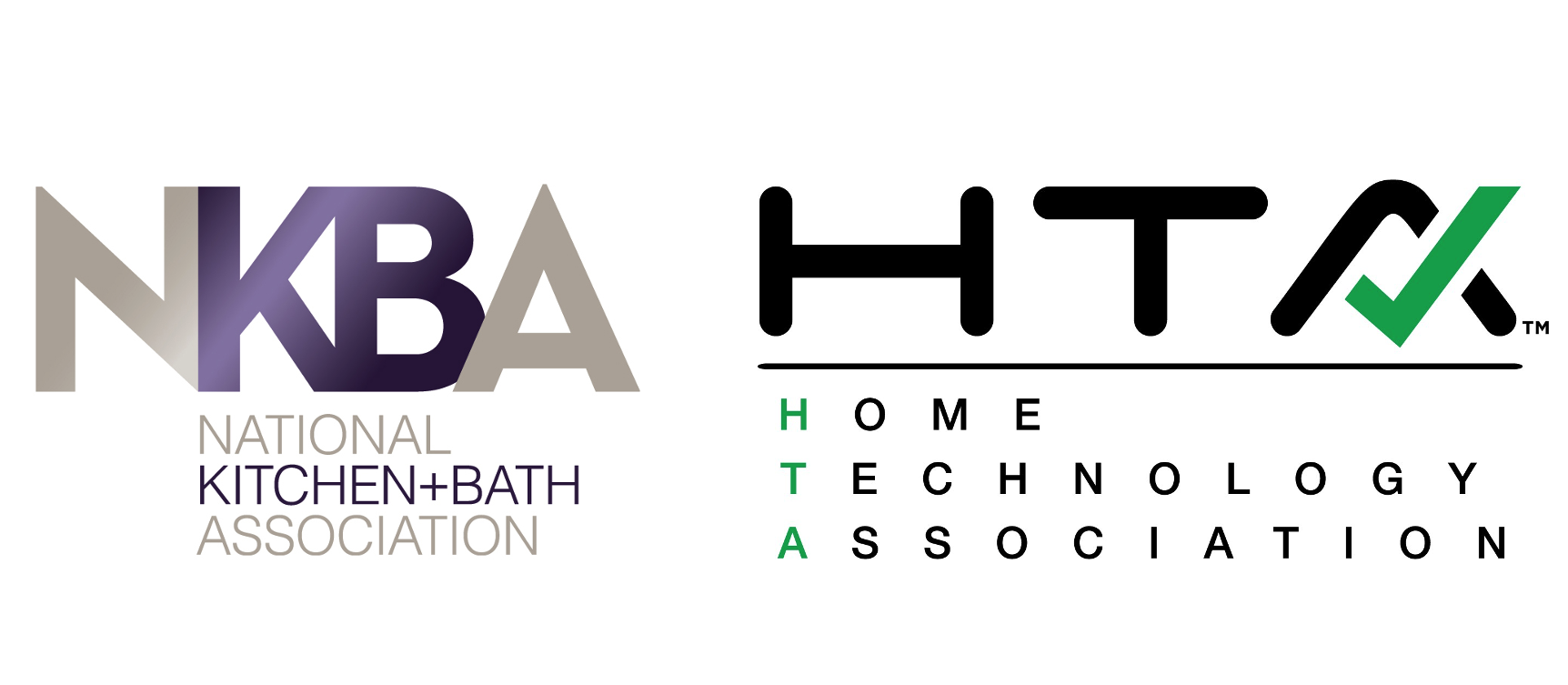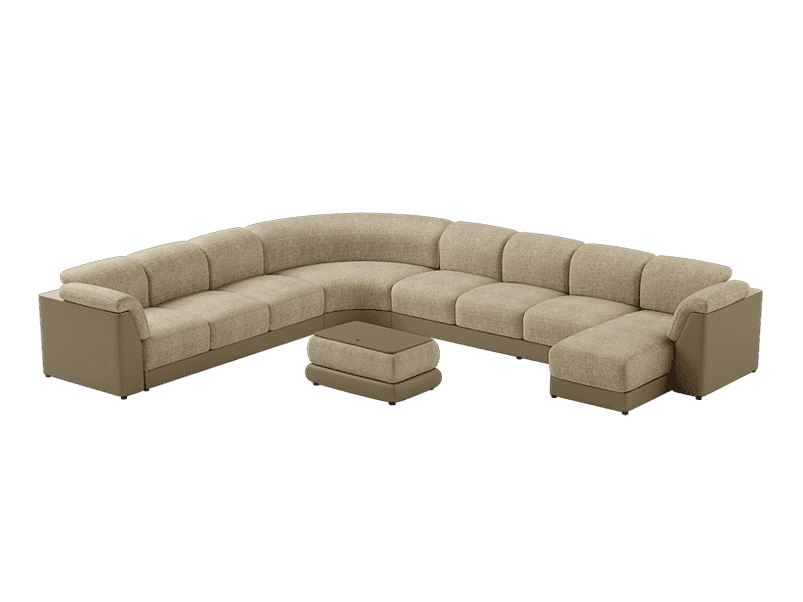The NFPA 96 is the leading authority on fire safety in commercial kitchens. It sets standards for ventilation systems, including the type and placement of lighting to ensure proper visibility and reduce fire hazards. According to NFPA 96, all lighting fixtures in commercial kitchens should be shatterproof and vapor tight, and should not be located above cooking equipment to prevent grease buildup. It is important for restaurant owners to comply with NFPA 96 regulations to keep their kitchen safe and up to code.1. National Fire Protection Association (NFPA) 96
OSHA is responsible for ensuring safe and healthy working conditions for employees. When it comes to commercial kitchen lighting, OSHA regulations require that adequate lighting be provided in all work areas to prevent accidents and injuries. This includes proper lighting in food preparation and cooking areas, as well as storage and dishwashing areas. OSHA also recommends the use of non-slip flooring and handrails to further enhance safety in the kitchen.2. Occupational Safety and Health Administration (OSHA) Regulations
The IBC sets standards for the construction and design of buildings, including commercial kitchens. Under the IBC, all lighting fixtures in commercial kitchens must meet certain requirements for energy efficiency, durability, and safety. This includes using lighting fixtures that are UL-listed and labeled for their intended use, as well as complying with local building codes and regulations.3. International Building Code (IBC) Requirements
Energy Star is a government-backed program that promotes energy efficiency and helps businesses and individuals save money on utility costs. For commercial kitchens, Energy Star has developed guidelines for energy-efficient lighting, which not only help reduce energy consumption and costs, but also contribute to a more sustainable and environmentally-friendly operation. Restaurant owners can look for Energy Star certified lighting fixtures to ensure they are using the most energy-efficient options for their kitchen.4. Energy Star Guidelines for Commercial Kitchens
ASHRAE is a professional organization that sets standards for heating, ventilation, and air conditioning (HVAC) systems. When it comes to commercial kitchen lighting, ASHRAE has developed guidelines for lighting levels and color rendering to create a safe and comfortable work environment for kitchen staff. These standards help ensure that food is prepared and cooked properly, and that employees can see clearly and work efficiently in the kitchen.5. American Society of Heating, Refrigerating and Air-Conditioning Engineers (ASHRAE) Standards
The NEC is the benchmark for safe electrical design, installation, and inspection in the United States. Under the NEC, there are specific regulations for commercial kitchen lighting to ensure proper wiring, grounding, and protection against electrical hazards. For example, all lighting fixtures in commercial kitchens must be installed with the appropriate wiring and grounding methods, and must be protected from potential water and grease hazards.6. National Electrical Code (NEC) Regulations
The FDA is responsible for regulating the safety of food products in the United States. When it comes to commercial kitchen lighting, the FDA has developed guidelines for lighting in food preparation areas to prevent contamination and ensure food safety. This includes using lighting fixtures that are easily cleanable, have shatter-resistant covers, and do not emit UV radiation that could affect food quality.7. Food and Drug Administration (FDA) Guidelines for Lighting in Food Preparation Areas
In addition to federal regulations, restaurant owners must also comply with local health department regulations for commercial kitchen lighting. These regulations may vary depending on the location, but typically cover aspects such as lighting levels, lighting placement, and the use of shatterproof and waterproof lighting fixtures. It is important for restaurant owners to stay up-to-date with their local health department regulations to avoid any penalties or fines.8. Local Health Department Regulations
The EPA is another government agency that promotes energy efficiency and sustainability. For commercial kitchens, the EPA recommends using energy-efficient lighting options, such as LED or fluorescent bulbs, to reduce energy consumption and costs. These types of lighting not only save money, but also have a longer lifespan, reducing the need for frequent bulb replacements.9. Environmental Protection Agency (EPA) Recommendations for Energy-Efficient Lighting
The NKBA is a professional organization that sets standards for kitchen and bath design. For commercial kitchens, the NKBA has developed guidelines for proper lighting placement and levels, as well as the use of task lighting to enhance functionality and safety. These guidelines help ensure that commercial kitchens are well-lit and designed for optimal productivity and efficiency. In conclusion, there are several regulations and guidelines that restaurant owners must comply with when it comes to commercial kitchen lighting. From fire safety and energy efficiency to food safety and employee well-being, these regulations are in place to create a safe and functional environment for both kitchen staff and customers. By following these regulations and using proper lighting fixtures, restaurant owners can ensure that their commercial kitchen is up to code and operating at its best.10. National Kitchen and Bath Association (NKBA) Guidelines for Kitchen Lighting
Ensuring Safety and Efficiency: Commercial Kitchen Lighting Regulations
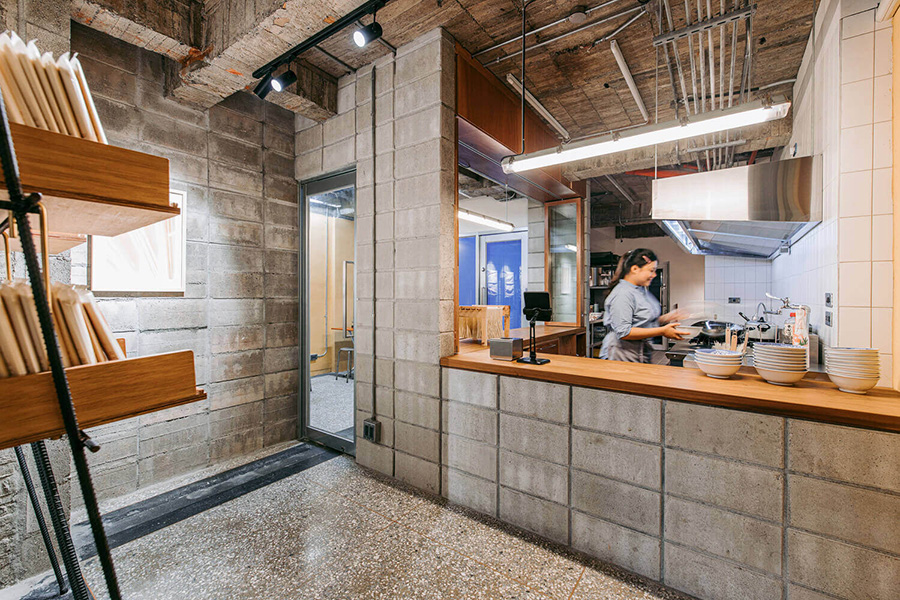
The Importance of Proper Lighting in a Commercial Kitchen
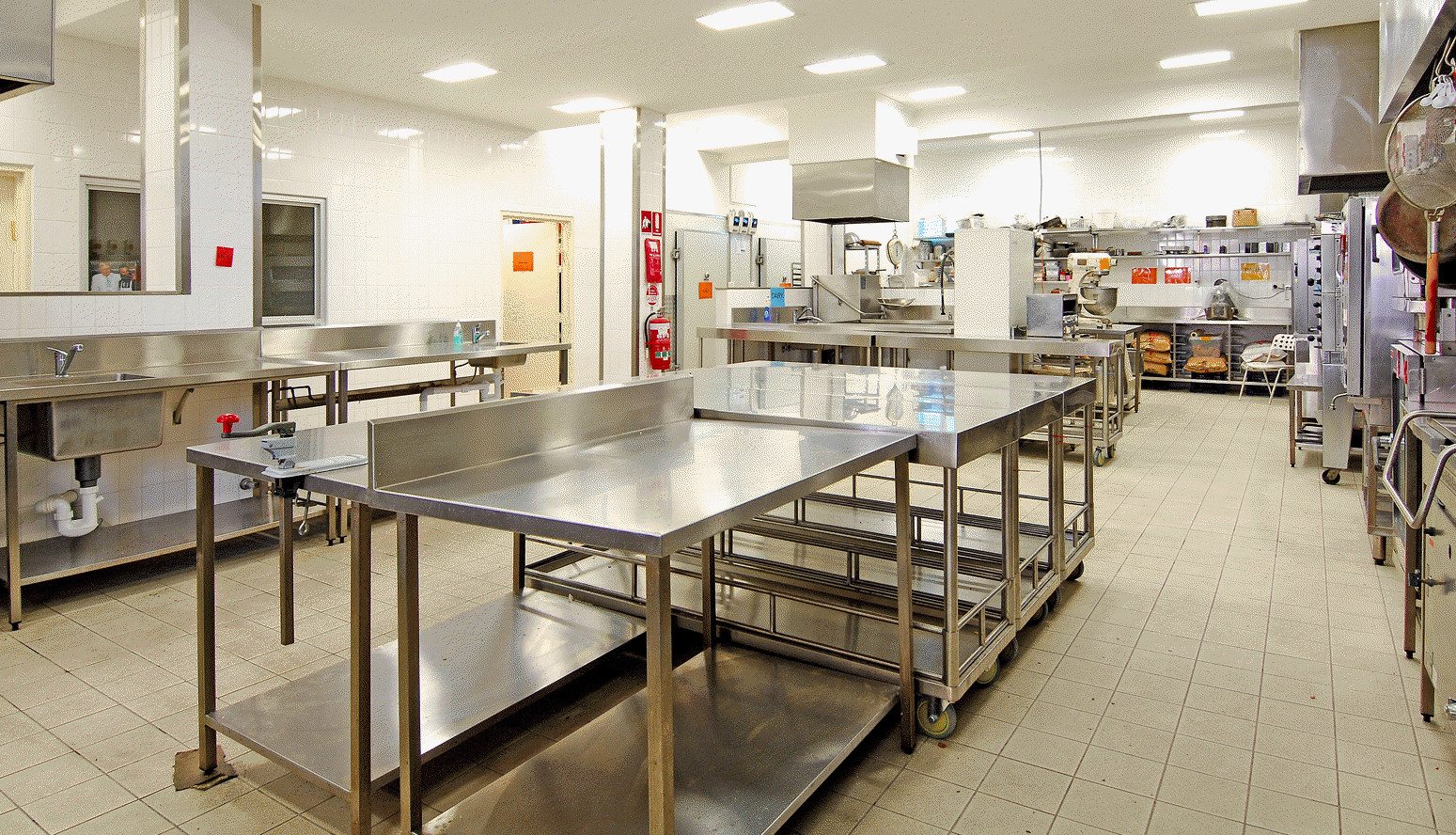 In any commercial kitchen, proper lighting is crucial for both safety and efficiency. A well-lit kitchen ensures a safe and productive working environment for staff, while also enhancing the overall dining experience for customers. However, not all lighting is created equal, and there are specific regulations in place for commercial kitchens to ensure optimal lighting conditions are met.
In any commercial kitchen, proper lighting is crucial for both safety and efficiency. A well-lit kitchen ensures a safe and productive working environment for staff, while also enhancing the overall dining experience for customers. However, not all lighting is created equal, and there are specific regulations in place for commercial kitchens to ensure optimal lighting conditions are met.
Understanding Commercial Kitchen Lighting Regulations
 The
Occupational Safety and Health Administration (OSHA)
and the
National Fire Protection Association (NFPA)
have established regulations for commercial kitchen lighting to ensure the safety of workers and the prevention of accidents. These regulations cover various aspects, including the type of lighting, its placement, and the level of brightness required.
The
Occupational Safety and Health Administration (OSHA)
and the
National Fire Protection Association (NFPA)
have established regulations for commercial kitchen lighting to ensure the safety of workers and the prevention of accidents. These regulations cover various aspects, including the type of lighting, its placement, and the level of brightness required.
Types of Lighting Required
 According to OSHA and NFPA regulations, a commercial kitchen must have a combination of both general and task lighting. General lighting illuminates the entire kitchen, while task lighting focuses on specific work areas, such as food preparation stations. This combination of lighting ensures that all areas of the kitchen are adequately lit for safe and efficient operation.
According to OSHA and NFPA regulations, a commercial kitchen must have a combination of both general and task lighting. General lighting illuminates the entire kitchen, while task lighting focuses on specific work areas, such as food preparation stations. This combination of lighting ensures that all areas of the kitchen are adequately lit for safe and efficient operation.
Placement and Brightness Requirements
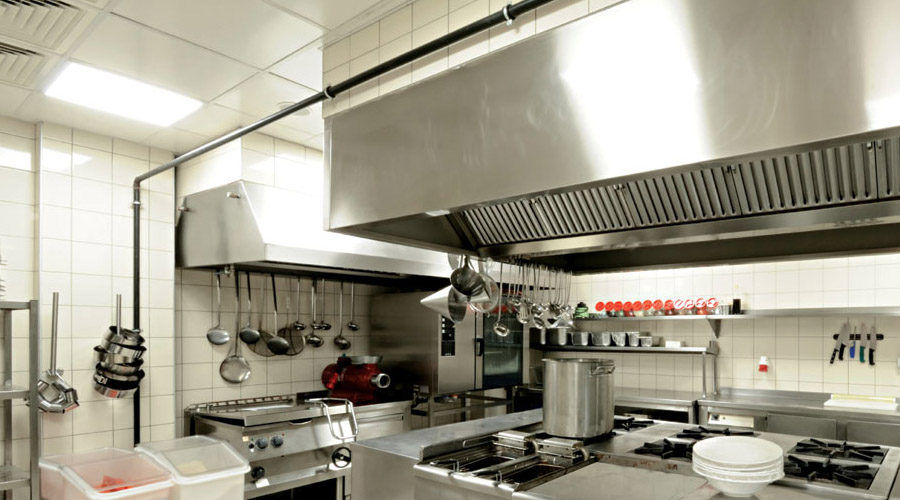 The placement of lighting in a commercial kitchen is also regulated to ensure proper coverage and eliminate any potential hazards. For example, lighting must be placed at least 18 inches away from any combustible material, and low-hanging lights must be at least three feet above any cooking equipment. Additionally, the brightness of lighting must meet specific requirements based on the type of work being done in each area of the kitchen.
The placement of lighting in a commercial kitchen is also regulated to ensure proper coverage and eliminate any potential hazards. For example, lighting must be placed at least 18 inches away from any combustible material, and low-hanging lights must be at least three feet above any cooking equipment. Additionally, the brightness of lighting must meet specific requirements based on the type of work being done in each area of the kitchen.
The Benefits of Complying with Regulations
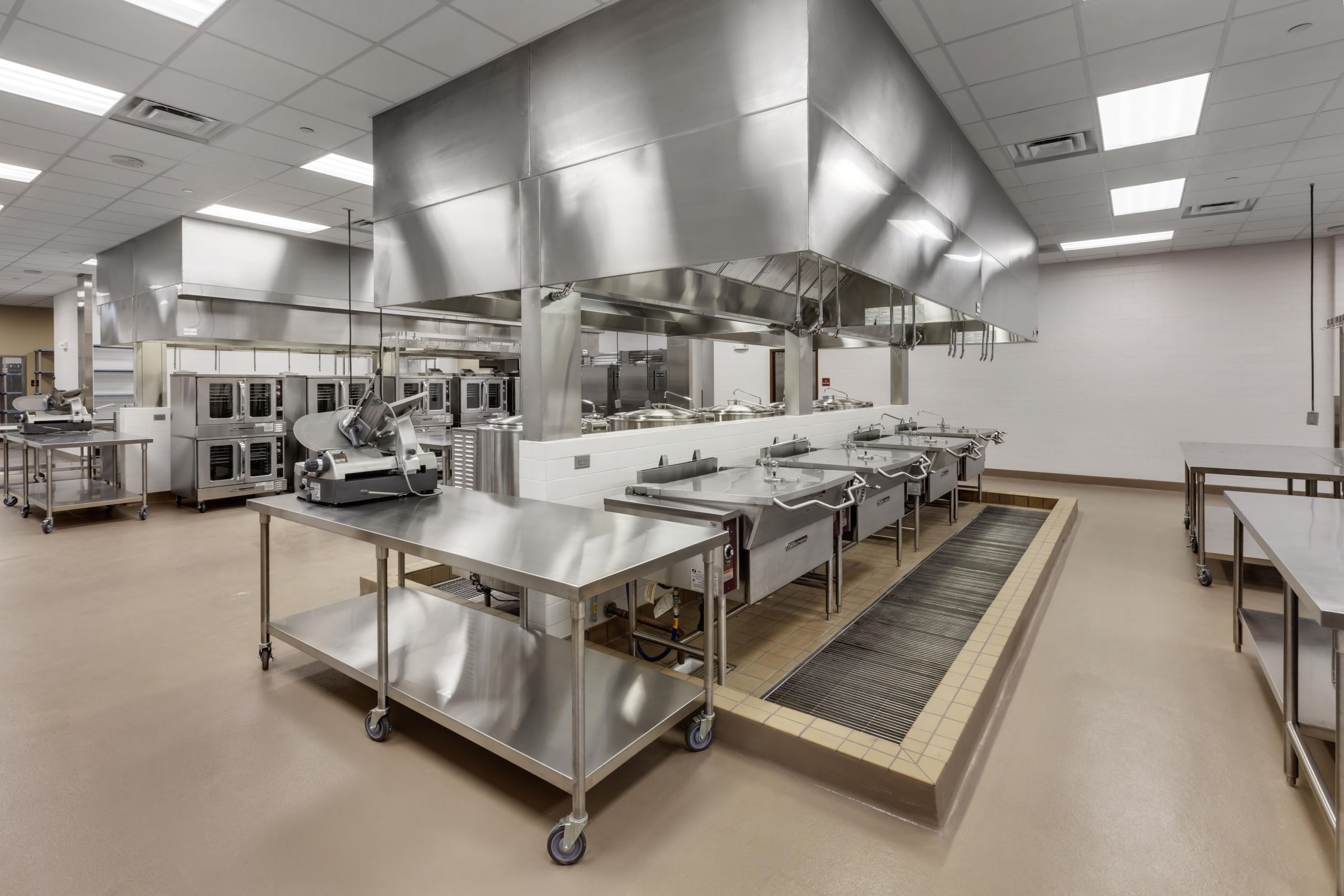 Adhering to commercial kitchen lighting regulations not only ensures a safe working environment but also offers several other benefits. Proper lighting can improve staff productivity and reduce the risk of accidents, leading to a more efficient kitchen operation. Additionally, well-lit dining areas can enhance the overall dining experience for customers, increasing their satisfaction and potentially leading to repeat business.
Adhering to commercial kitchen lighting regulations not only ensures a safe working environment but also offers several other benefits. Proper lighting can improve staff productivity and reduce the risk of accidents, leading to a more efficient kitchen operation. Additionally, well-lit dining areas can enhance the overall dining experience for customers, increasing their satisfaction and potentially leading to repeat business.
In Conclusion
 In conclusion, commercial kitchen lighting regulations are crucial for the safety and efficiency of any commercial kitchen. As a business owner, it is essential to understand and comply with these regulations to ensure the well-being of your staff and the success of your business. By following these guidelines, you can create a well-lit and safe environment for both your employees and customers.
In conclusion, commercial kitchen lighting regulations are crucial for the safety and efficiency of any commercial kitchen. As a business owner, it is essential to understand and comply with these regulations to ensure the well-being of your staff and the success of your business. By following these guidelines, you can create a well-lit and safe environment for both your employees and customers.
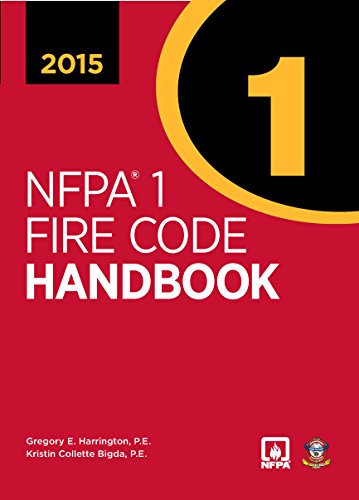
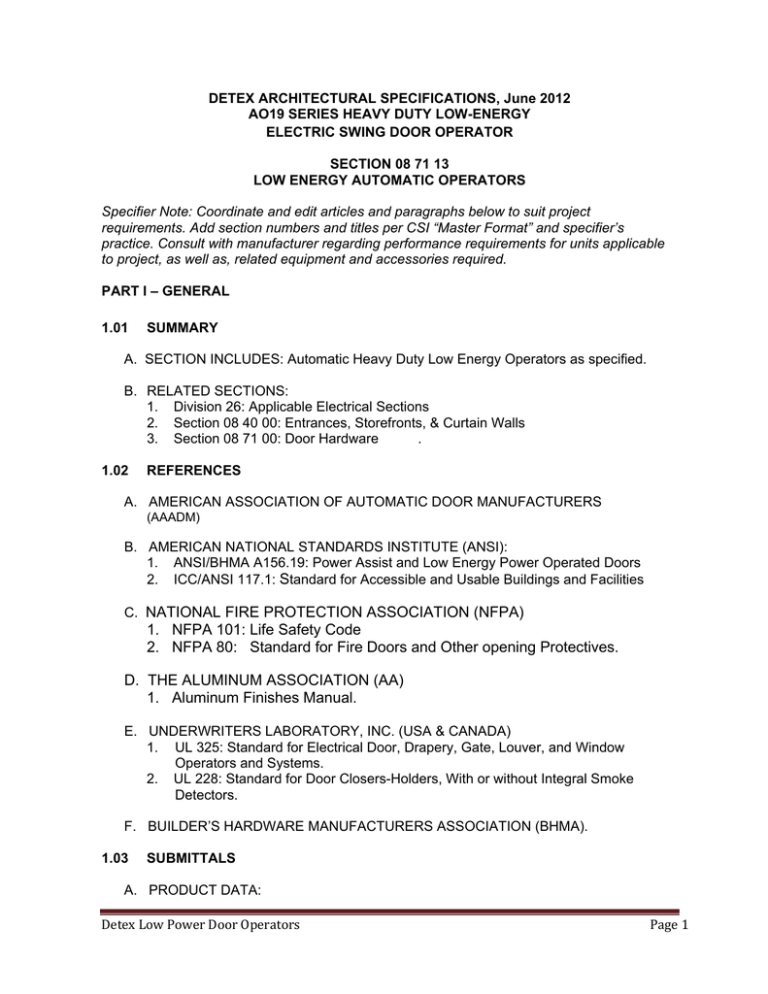





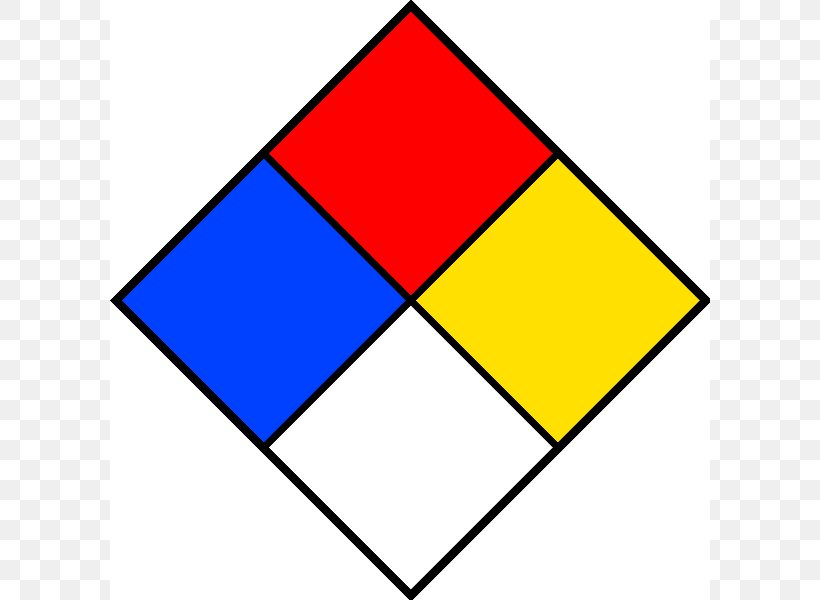
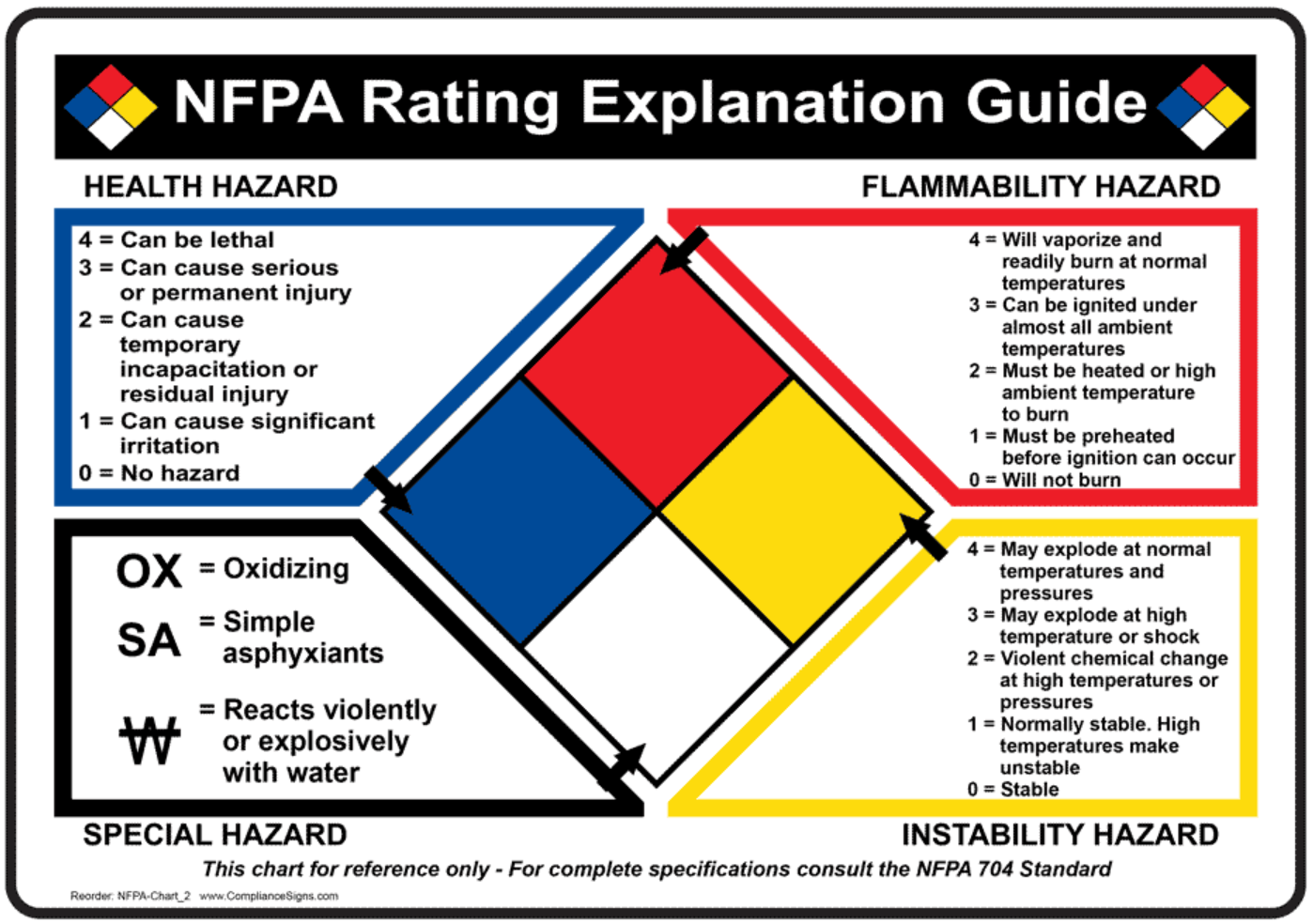
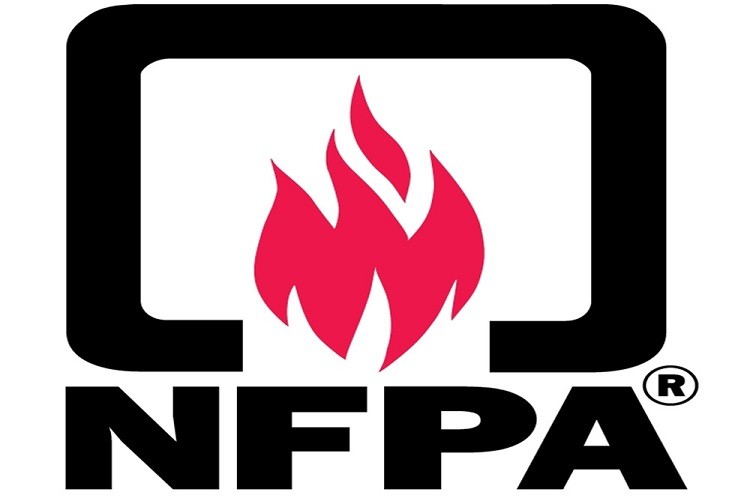
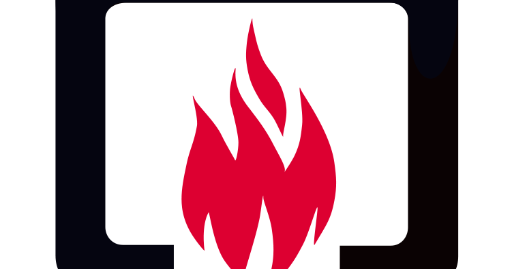
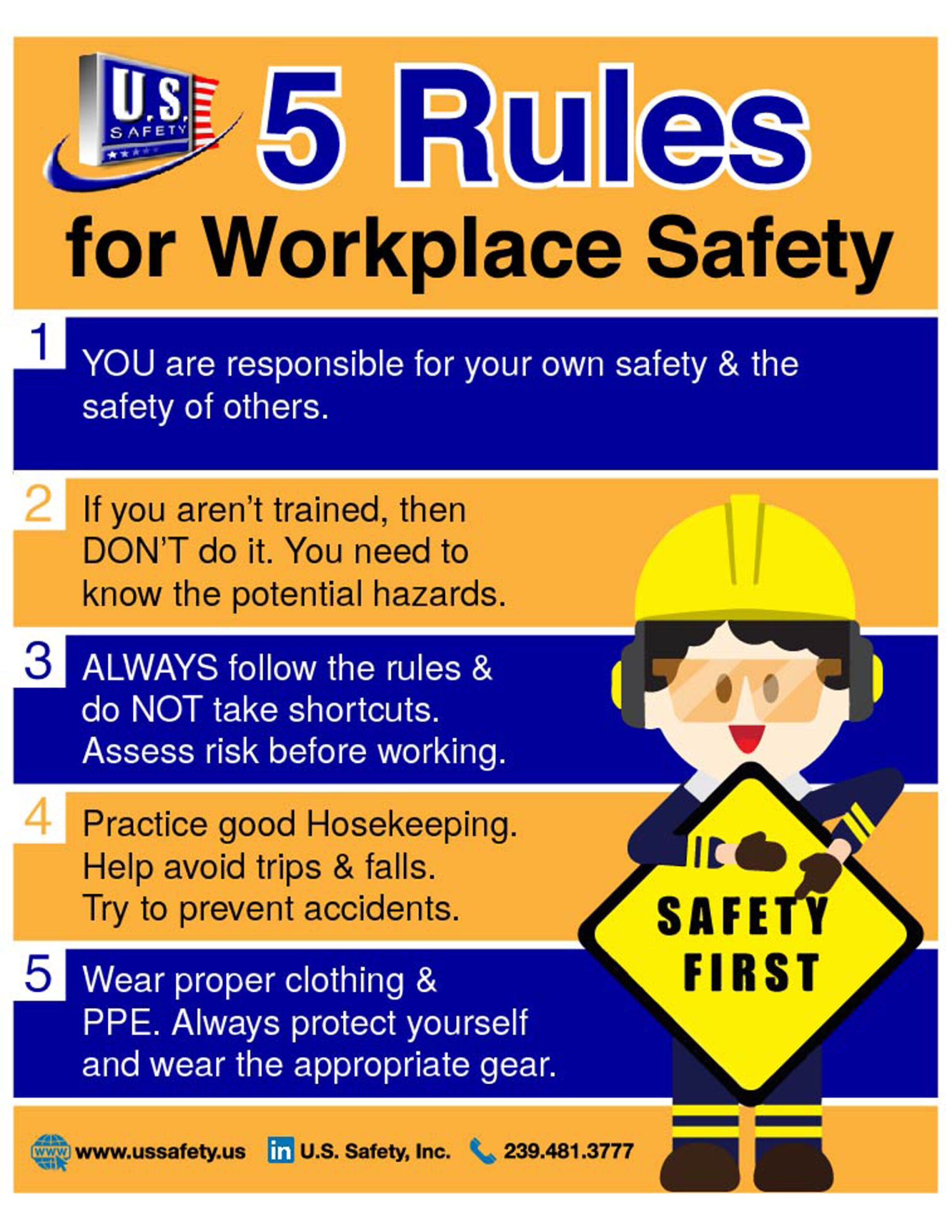
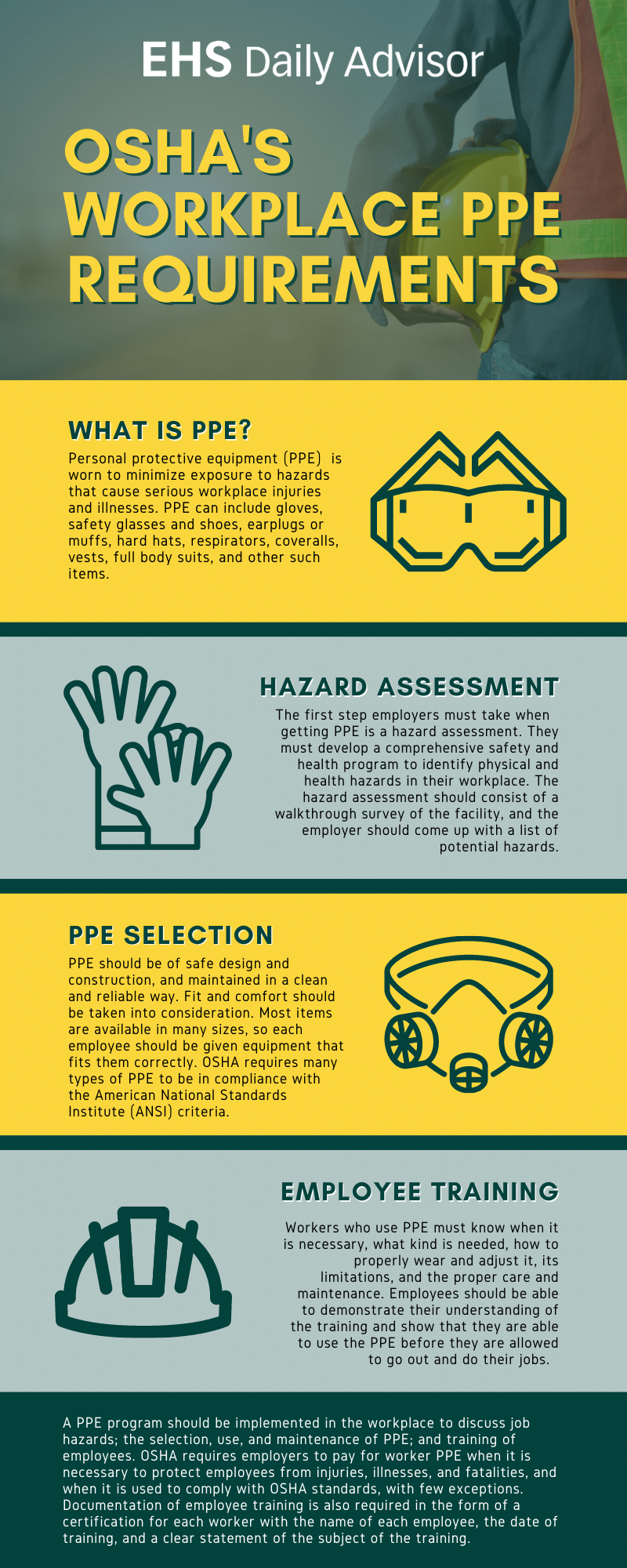


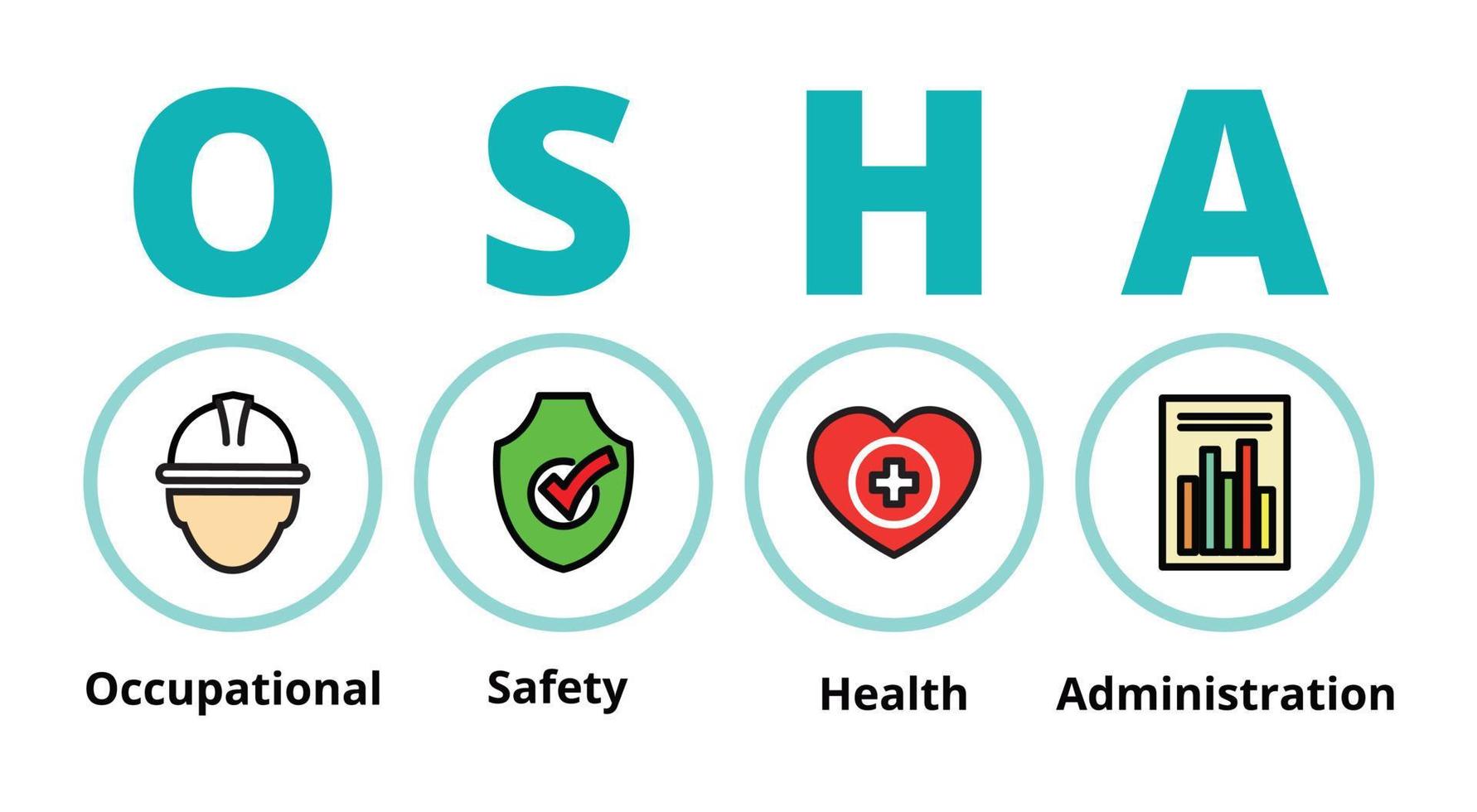



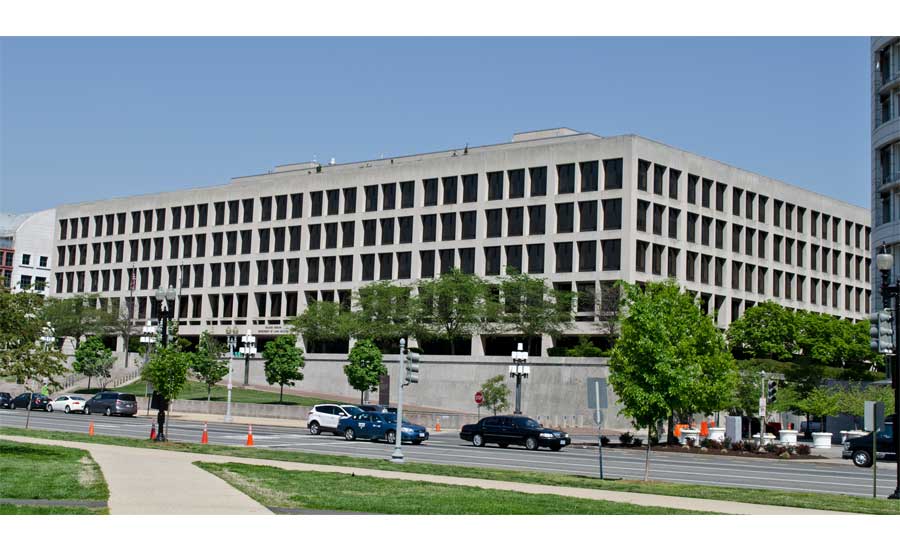


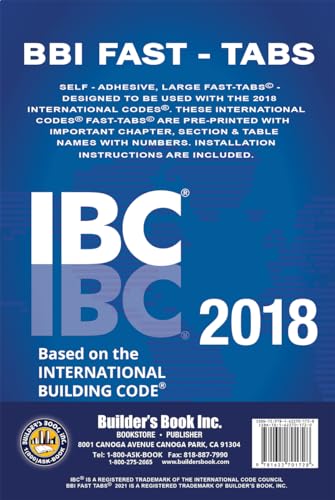
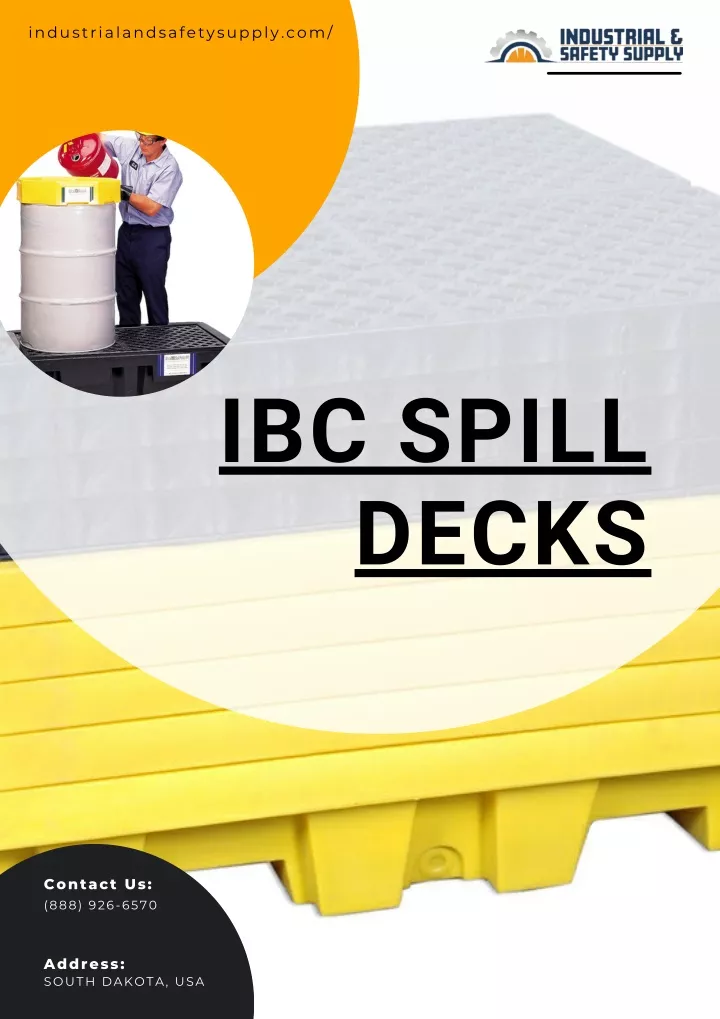

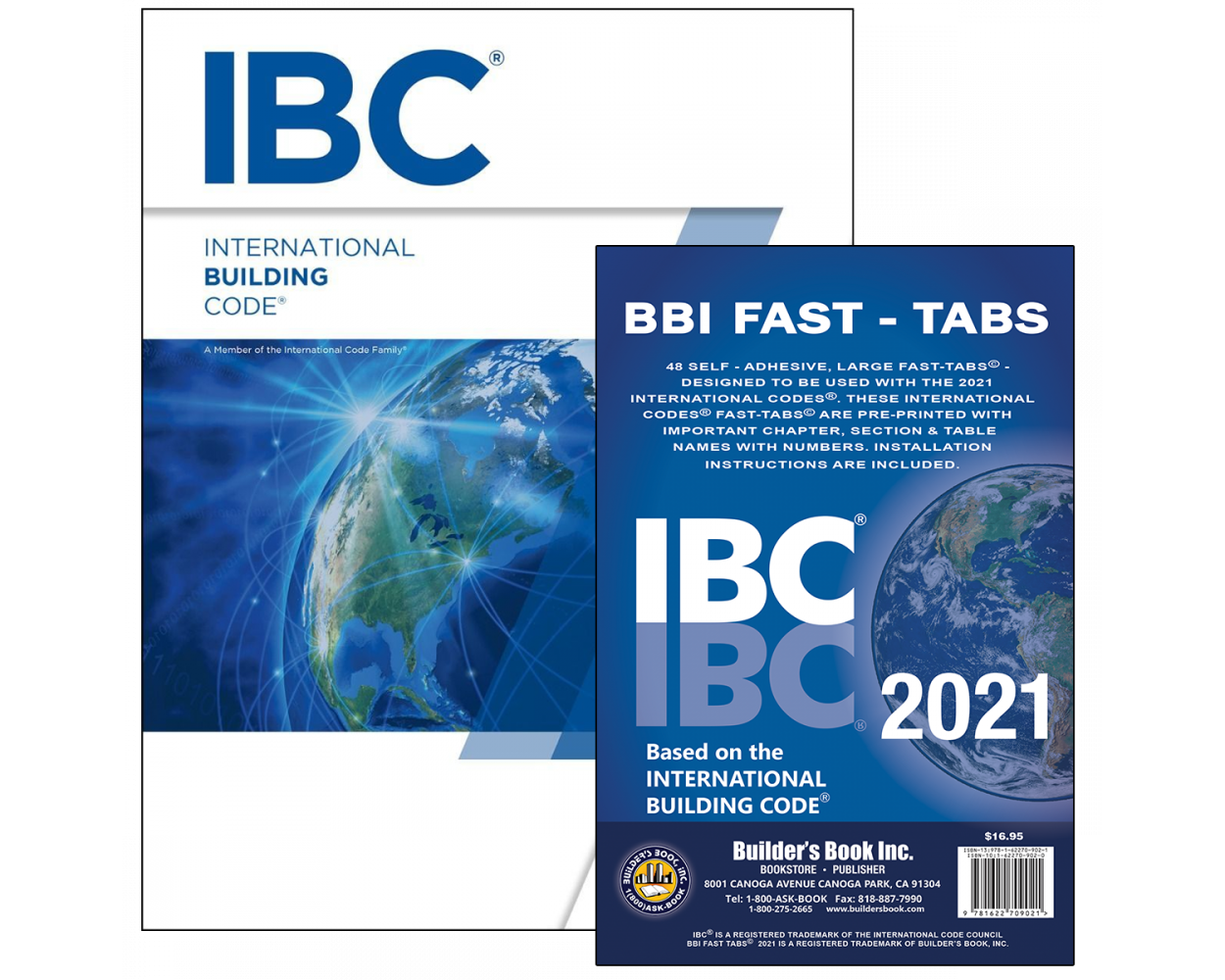




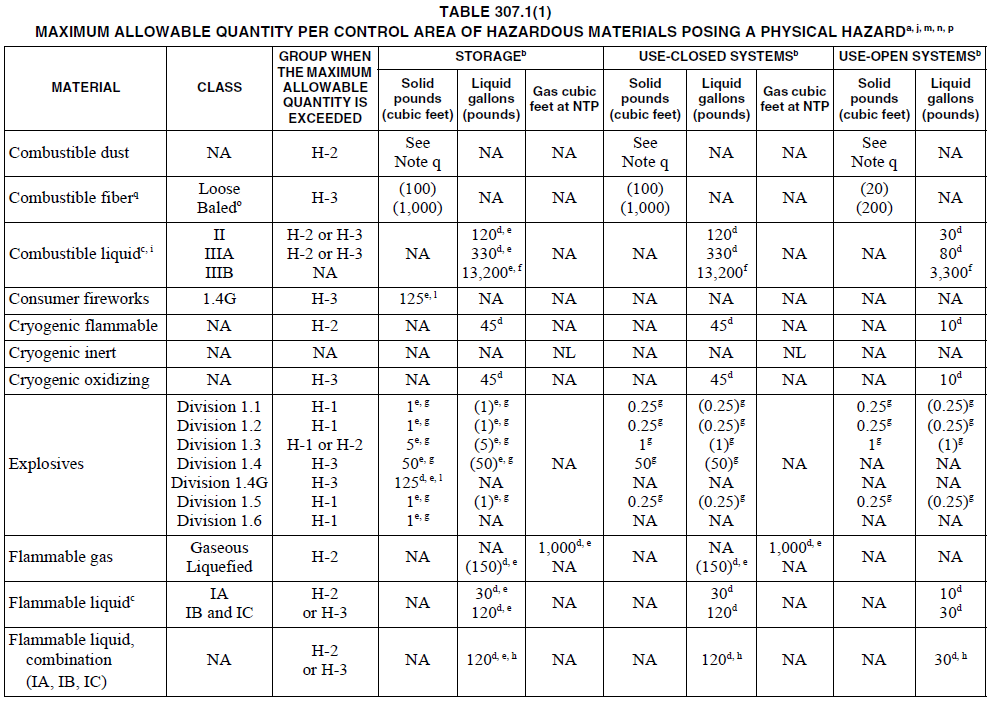
.jpg)
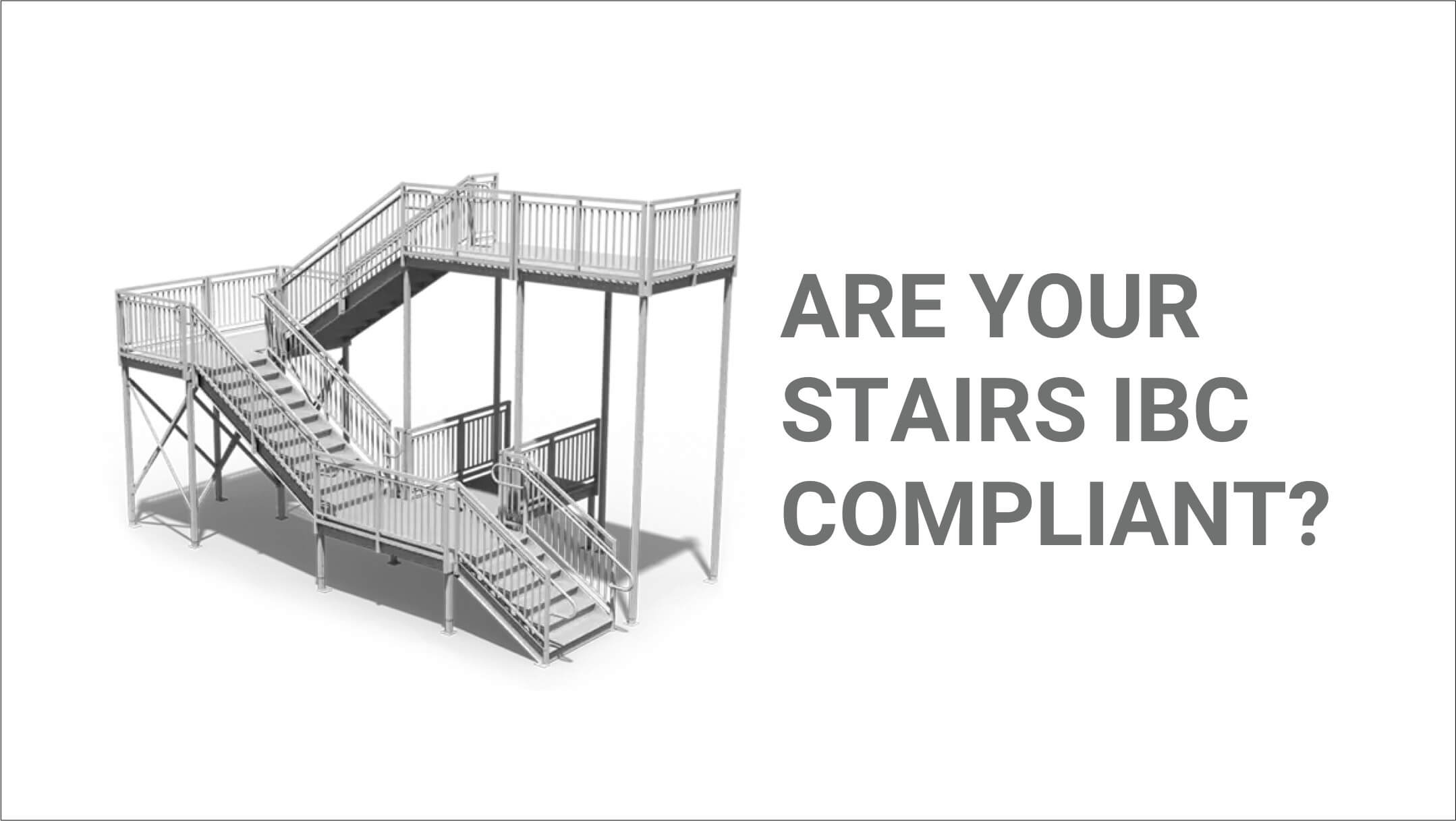
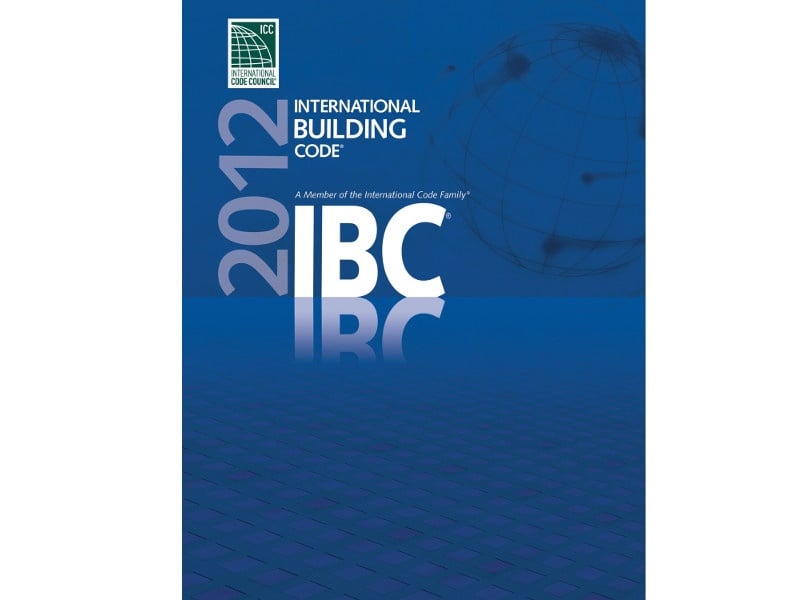



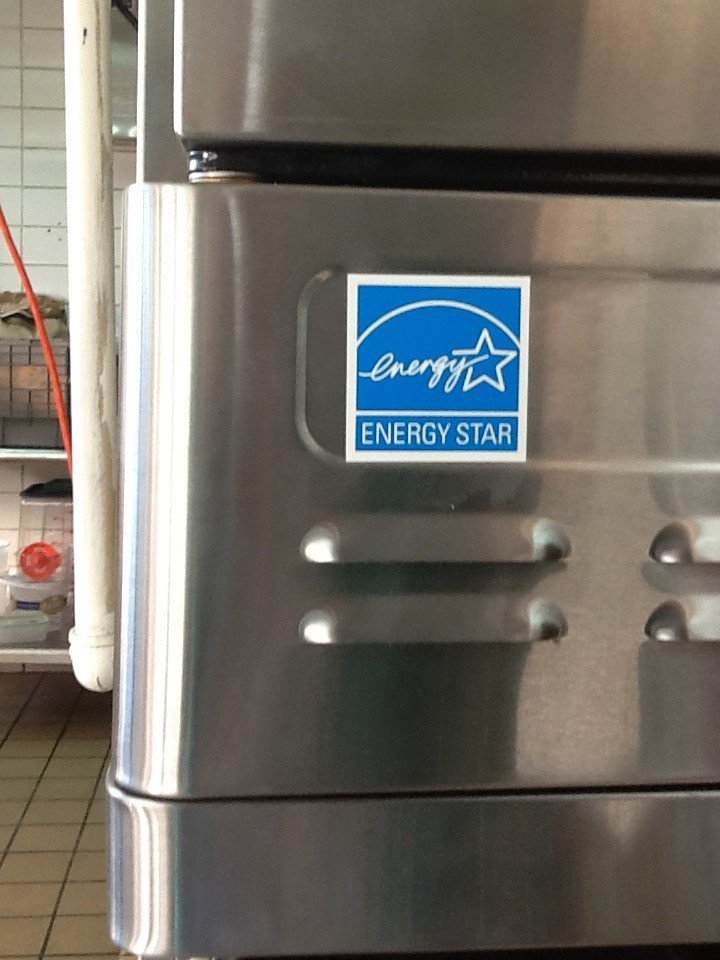



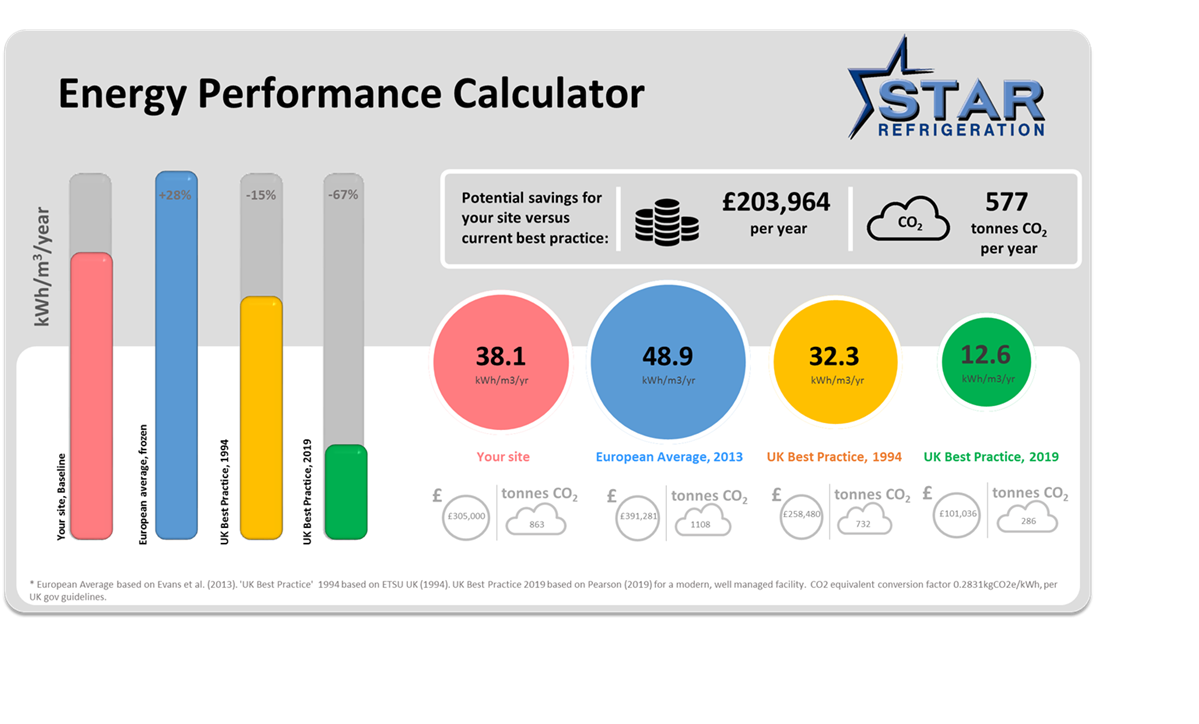
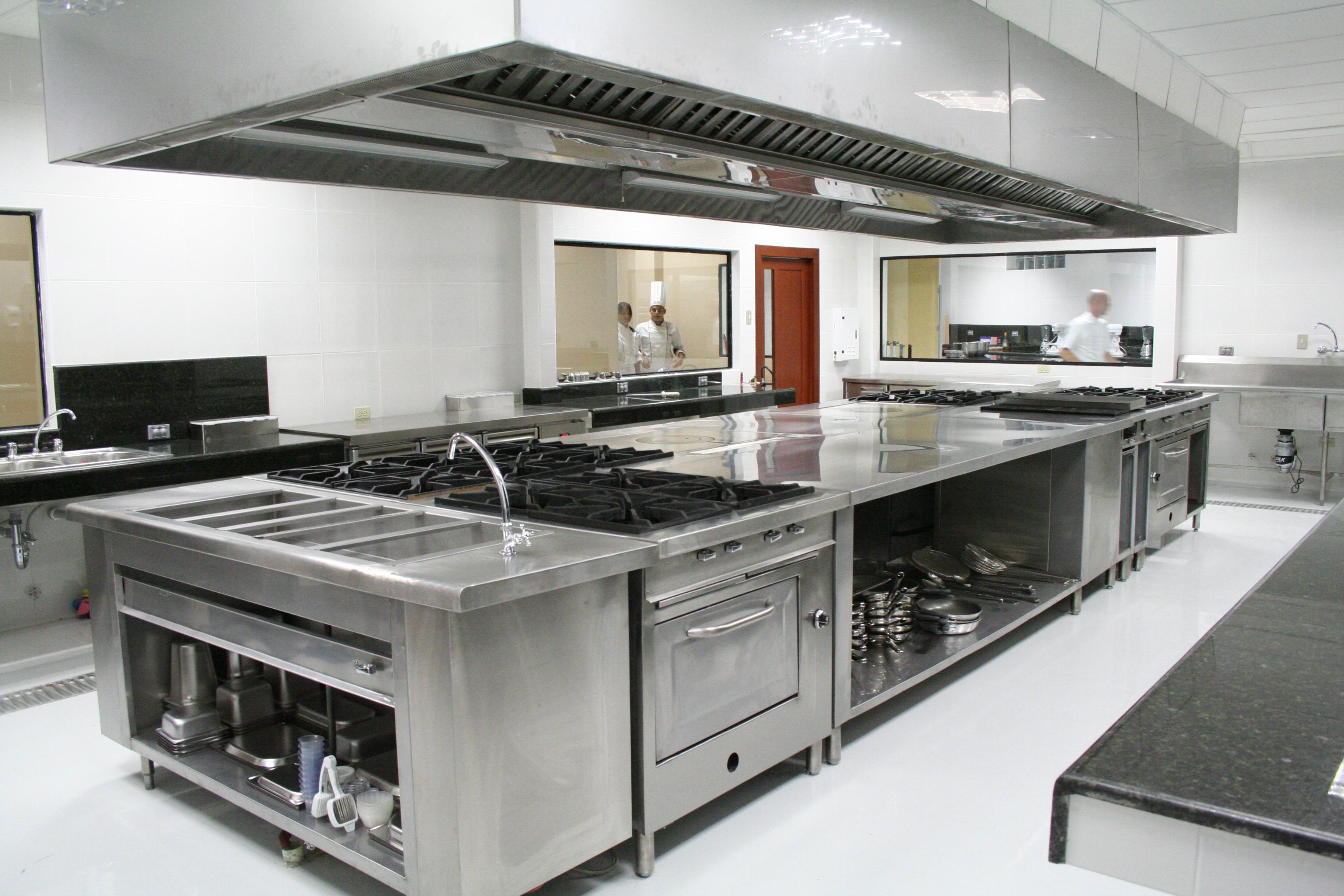
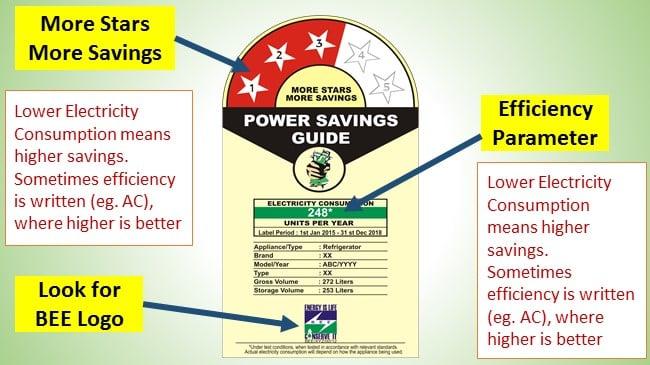

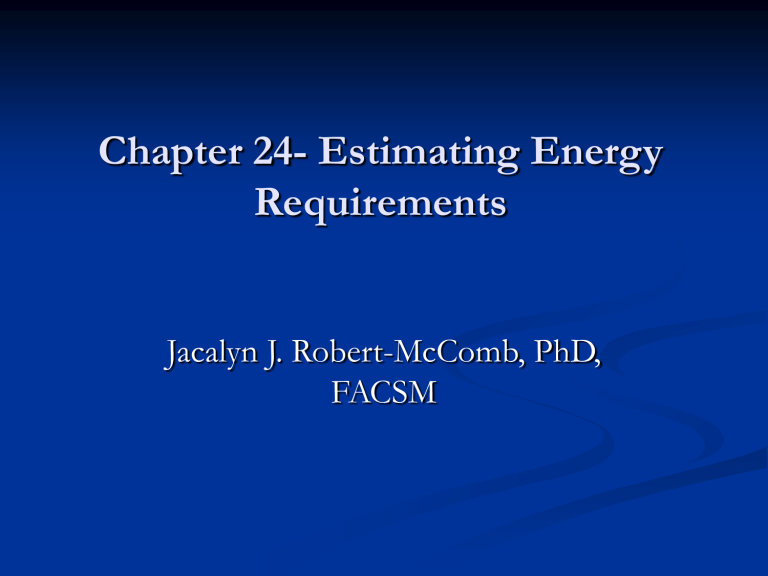

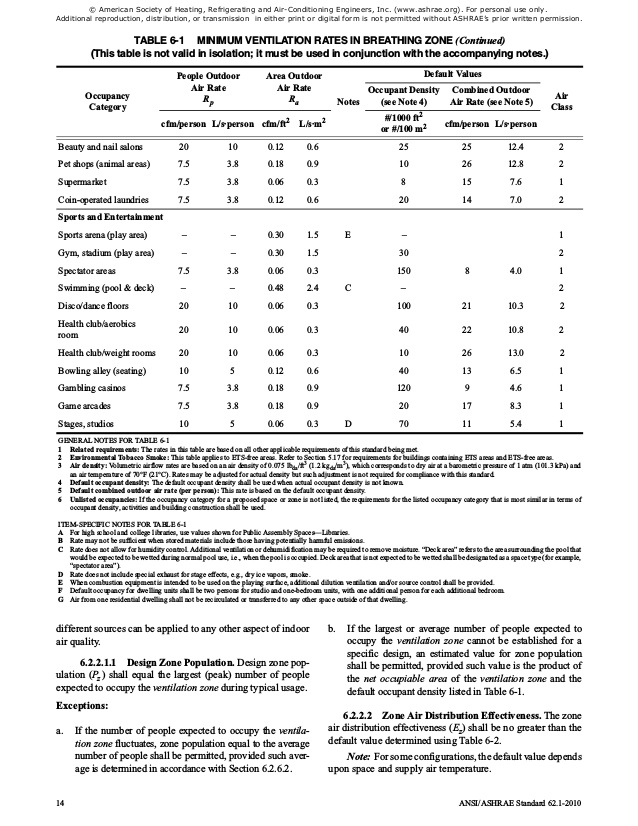

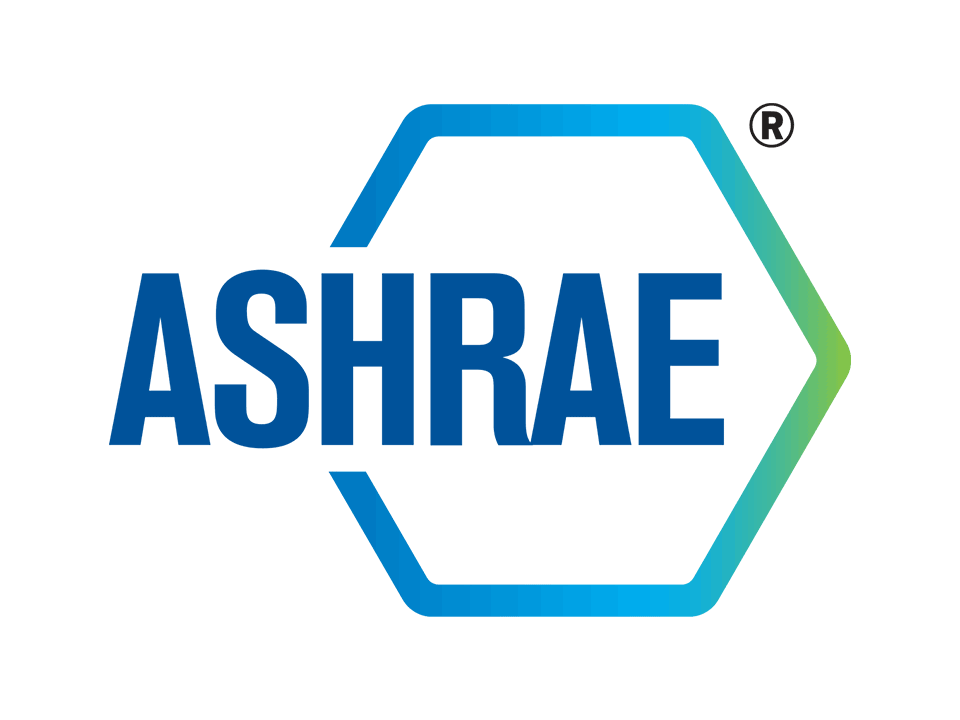
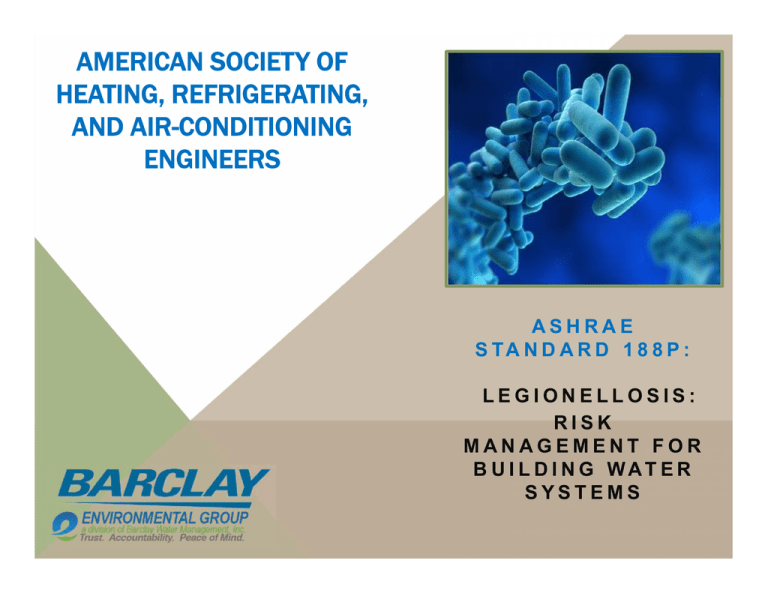


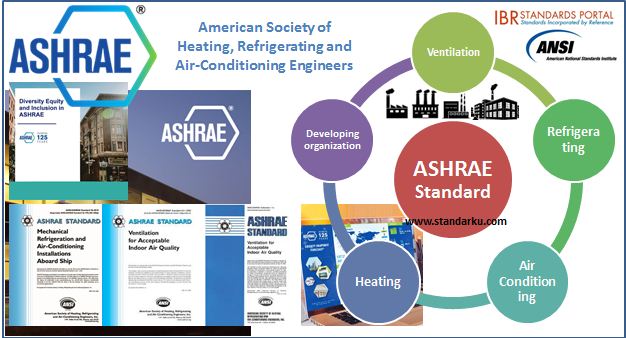



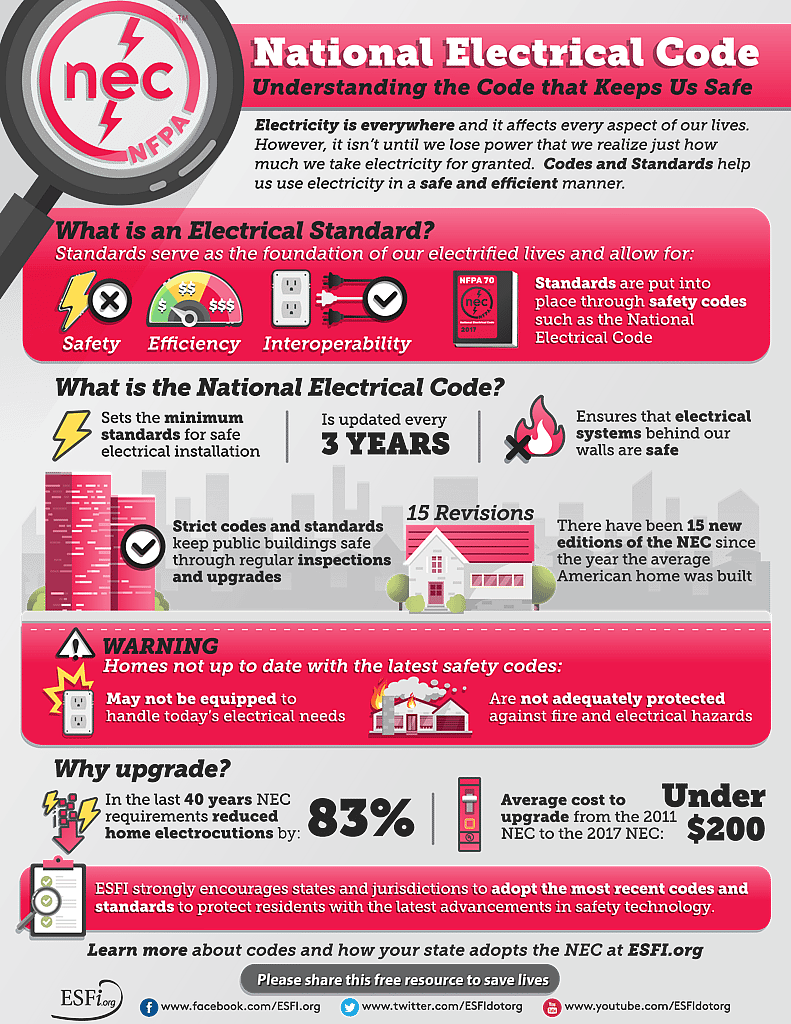




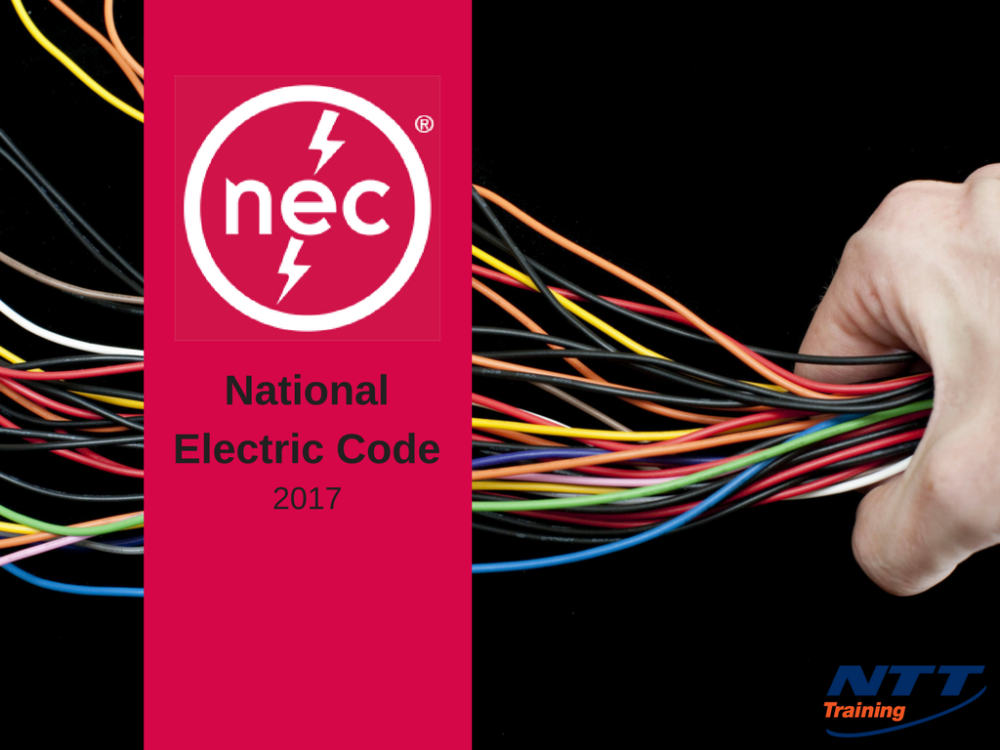


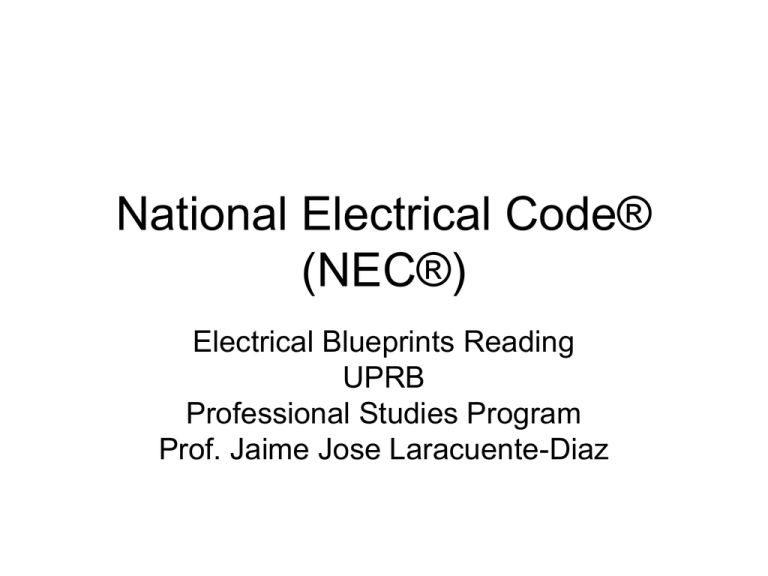
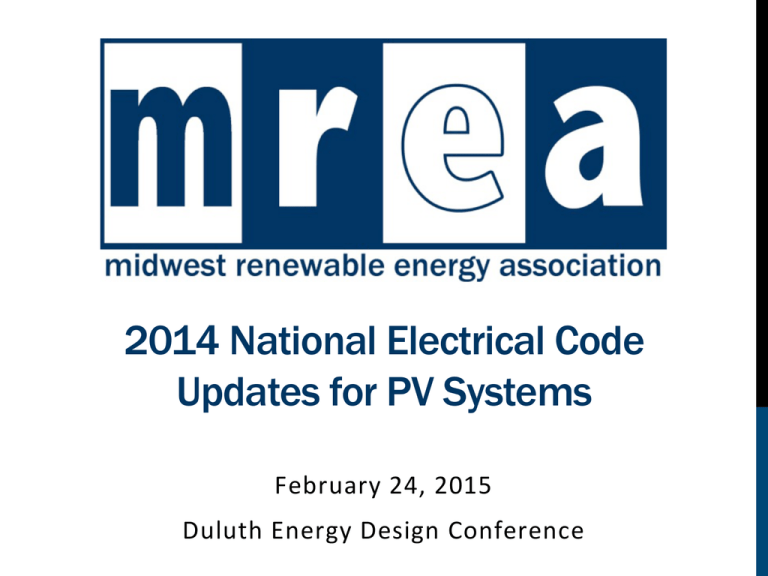


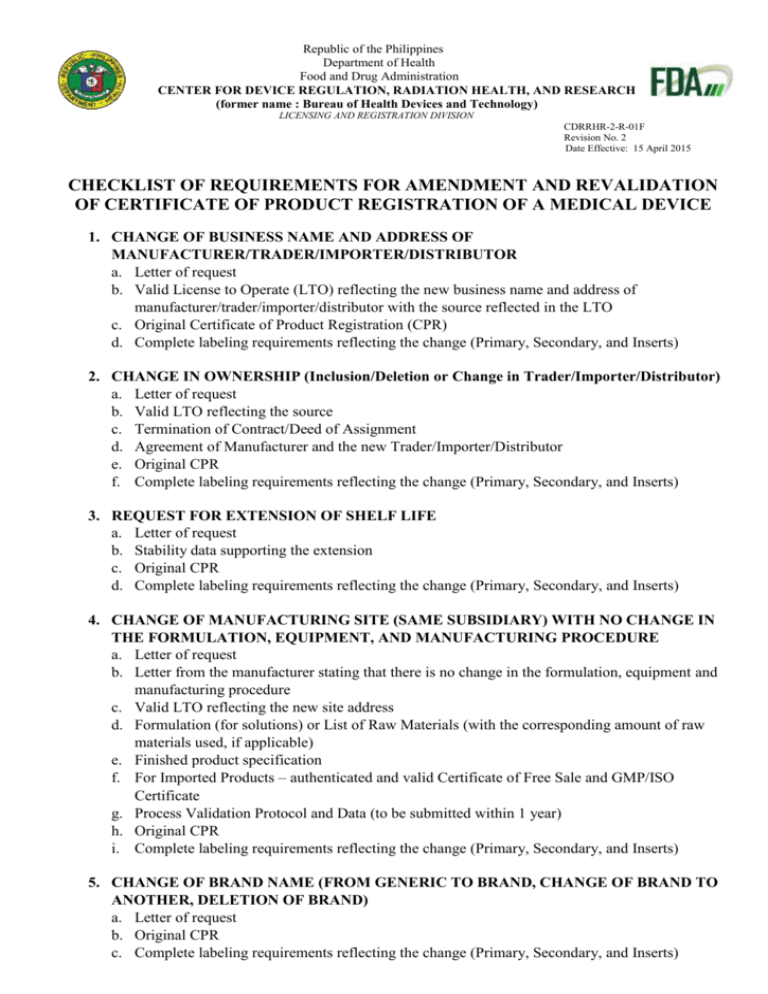

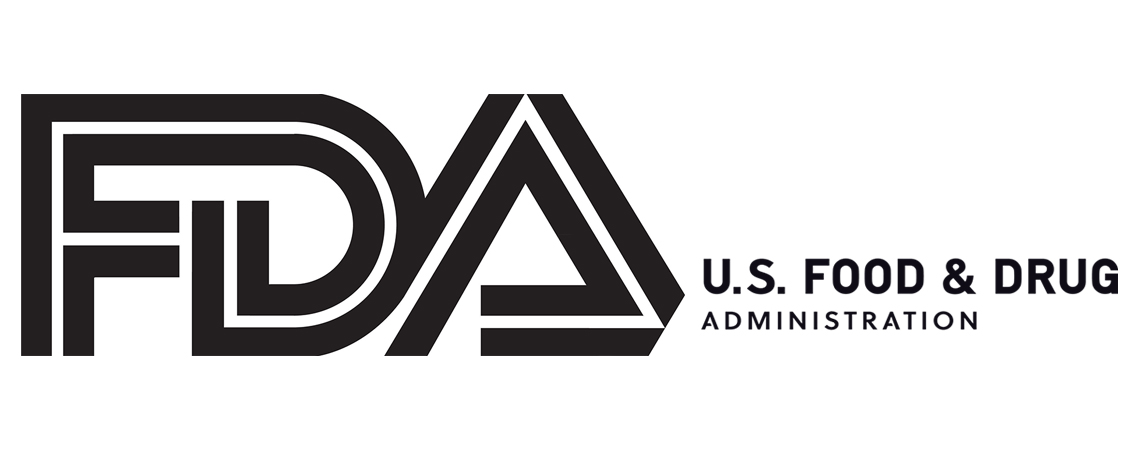
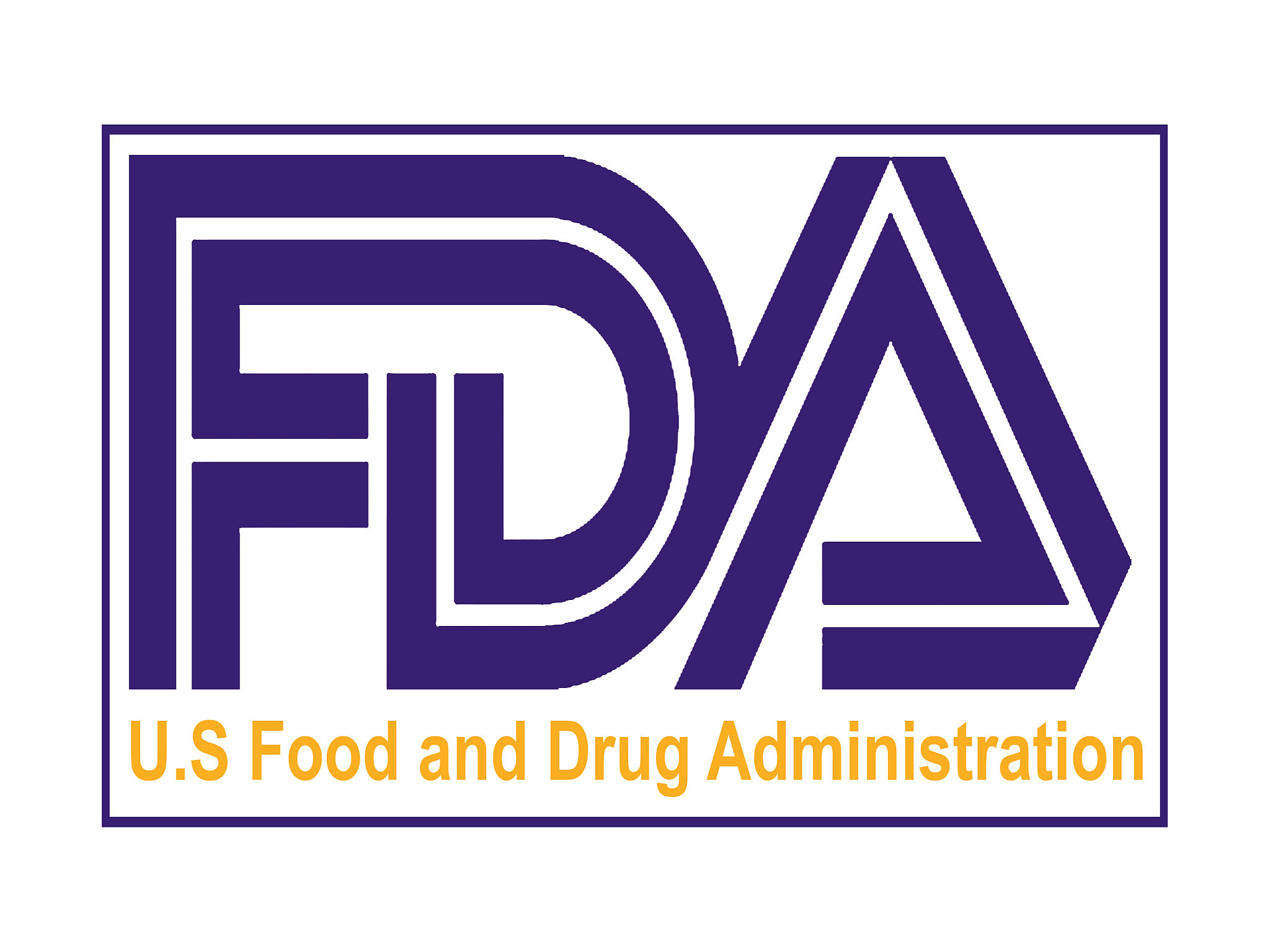
:max_bytes(150000):strip_icc()/GettyImages-1188568920-056f66c163fc46a19d817eef55d14933.jpg)


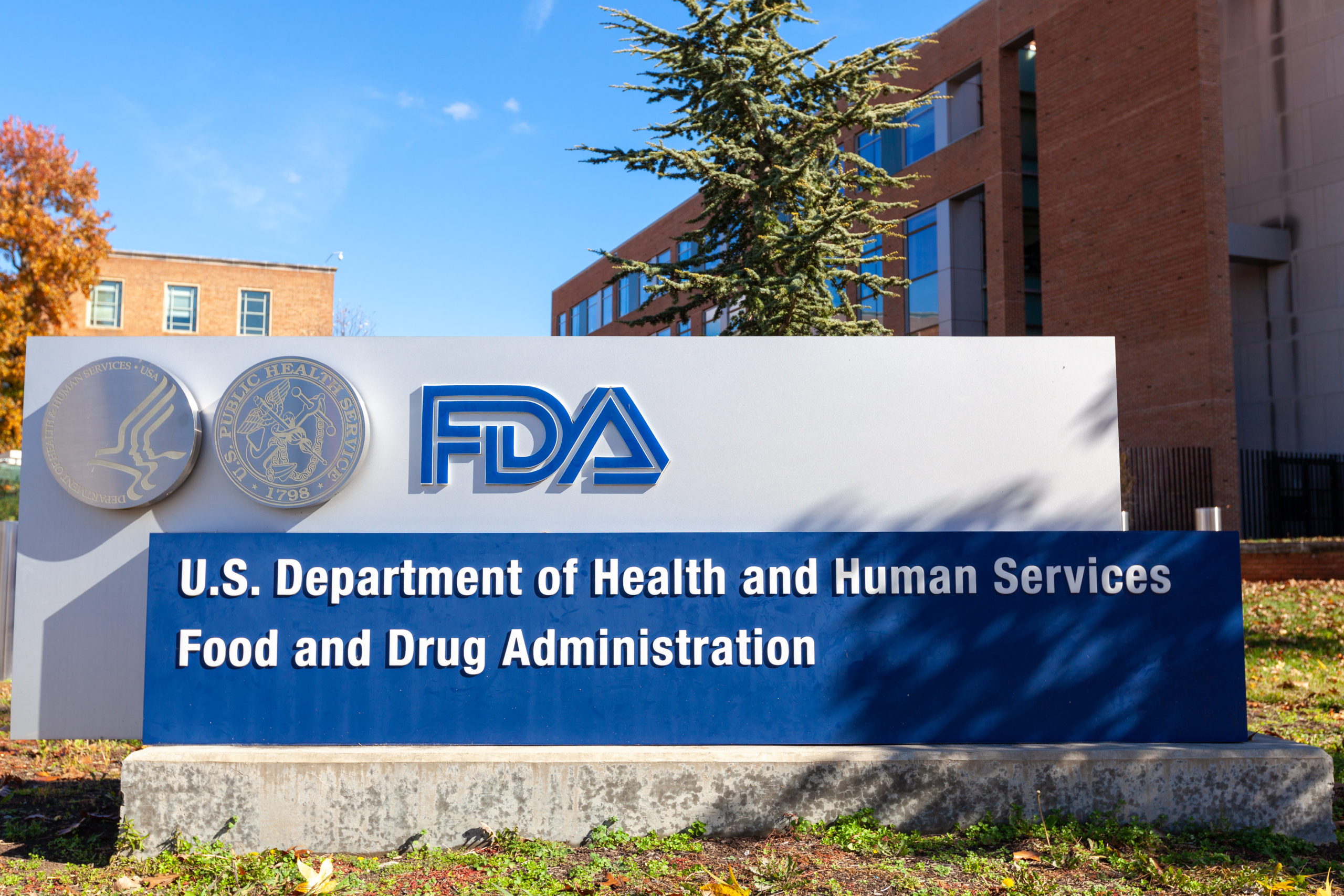
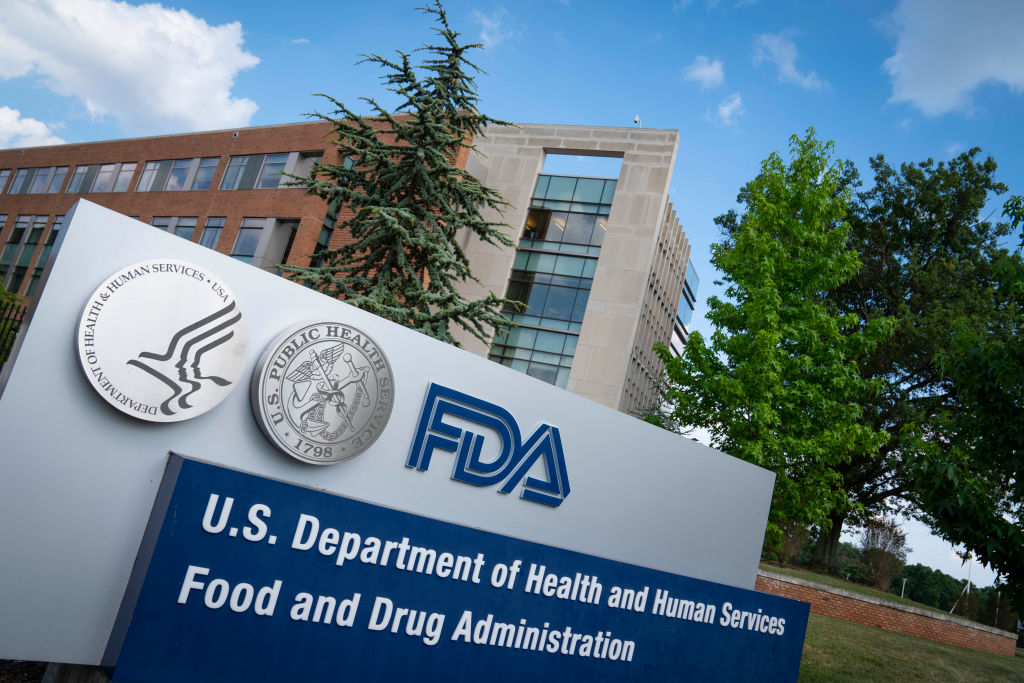

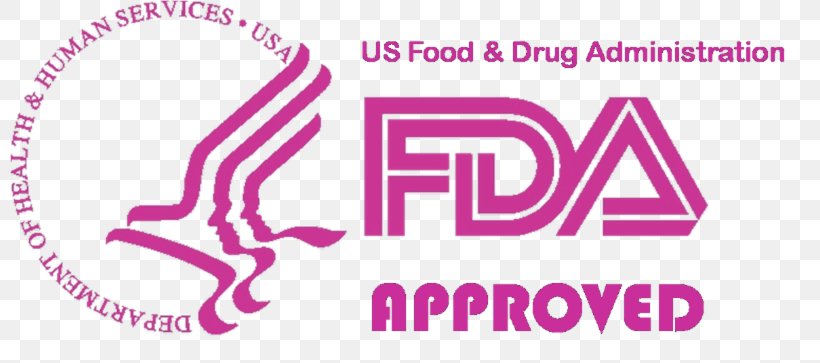



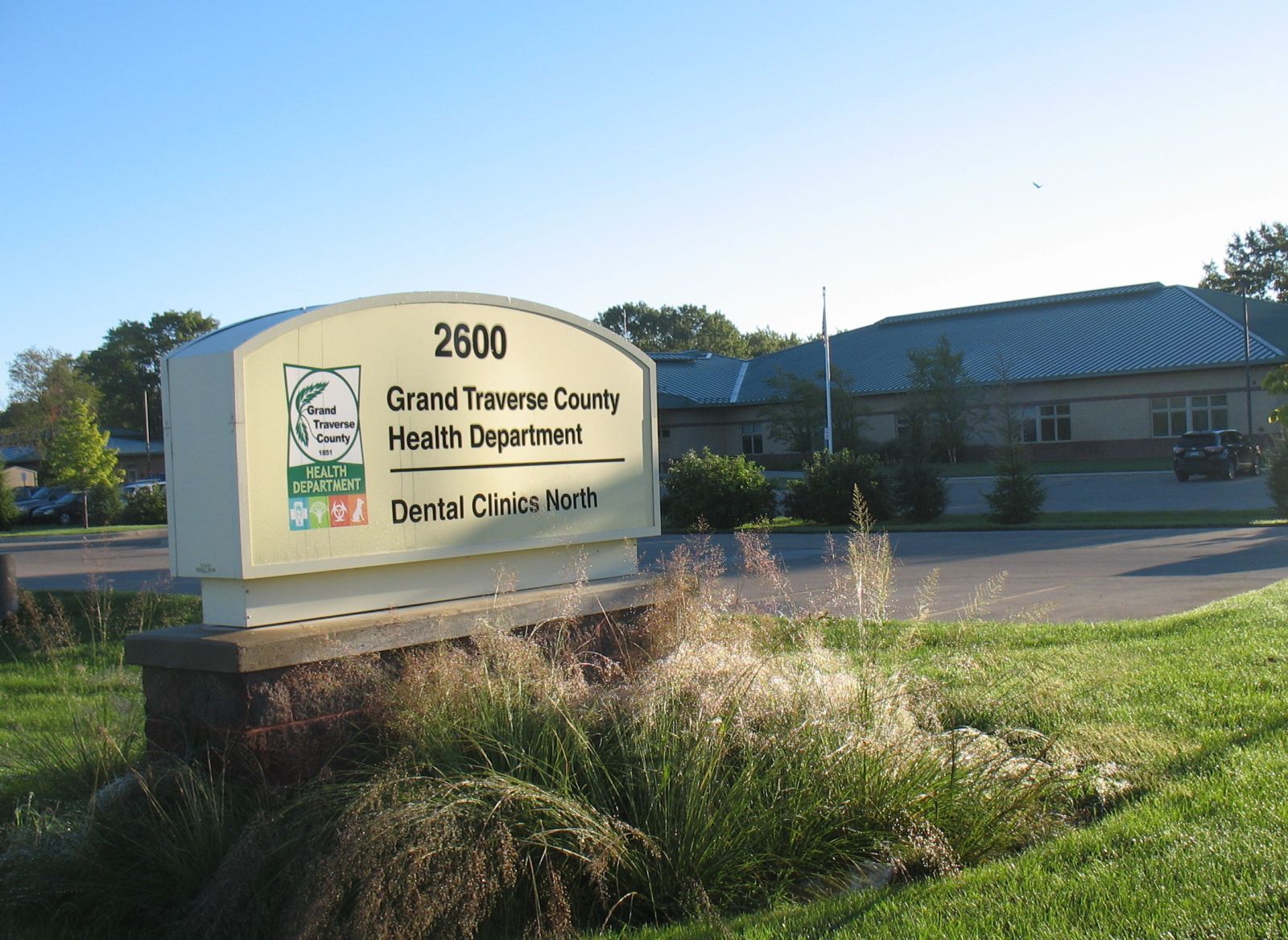

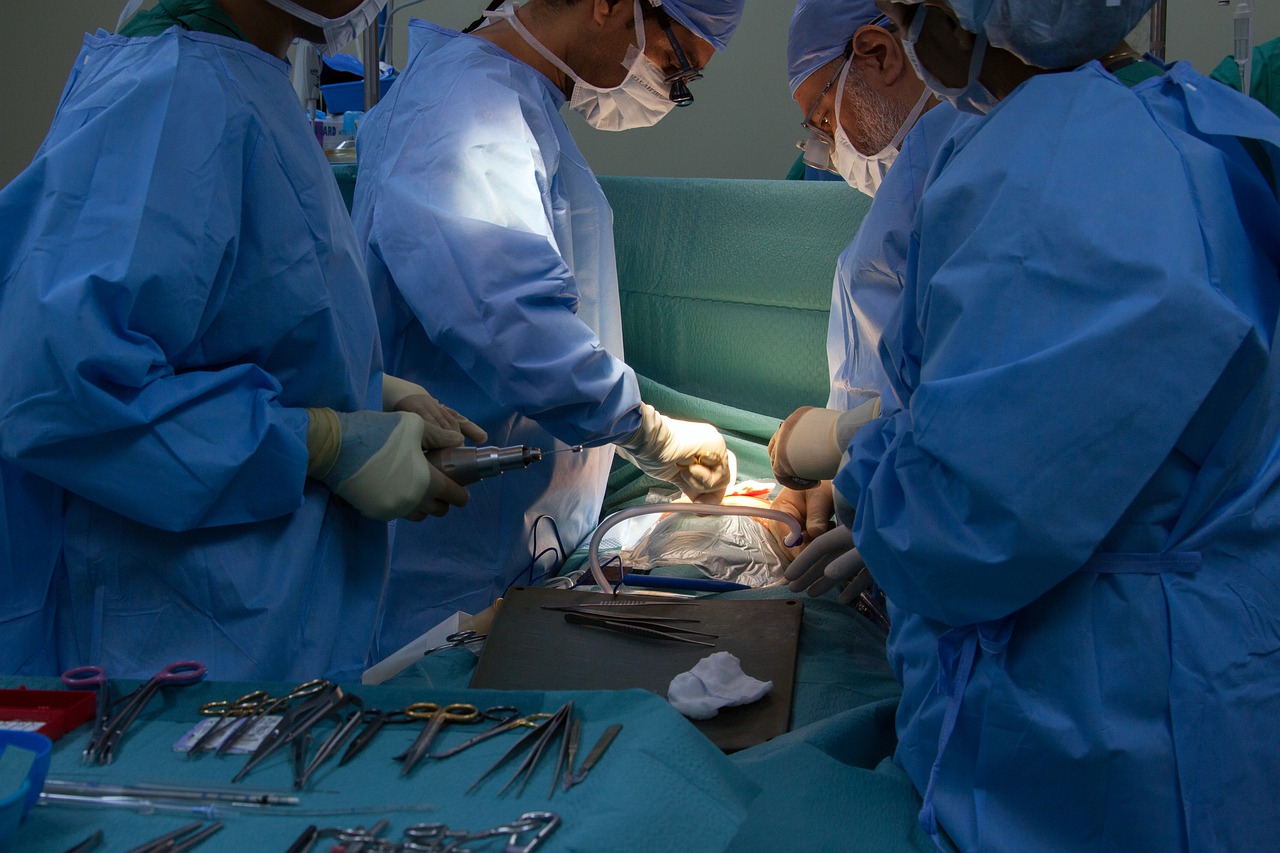
:quality(70)/d1hfln2sfez66z.cloudfront.net/12-28-2019/t_2a8d1b30b511413786e2a01de75f4411_name_342952096001_1439356886001_WPXI_634642349119601164_6717612.jpg)




